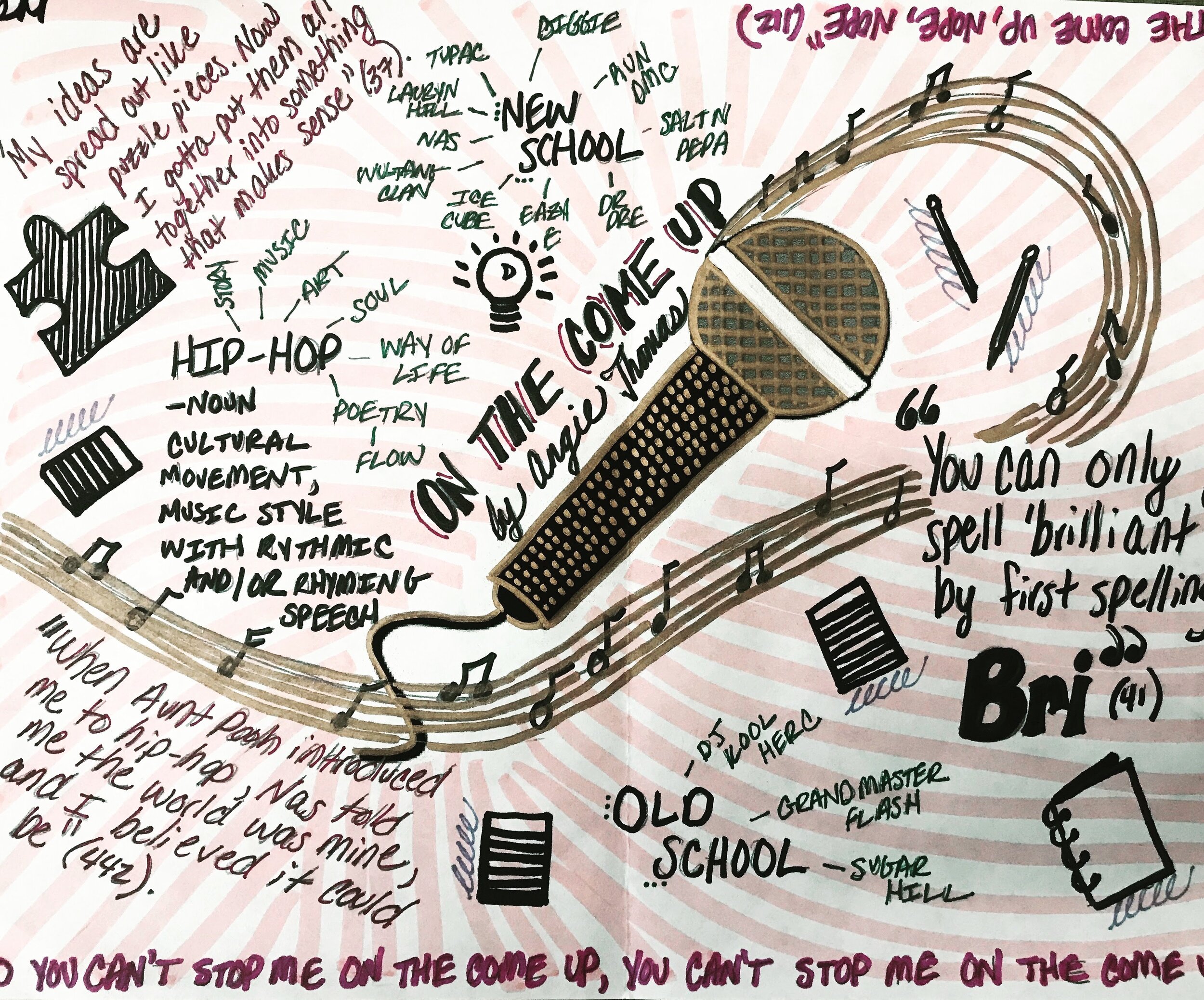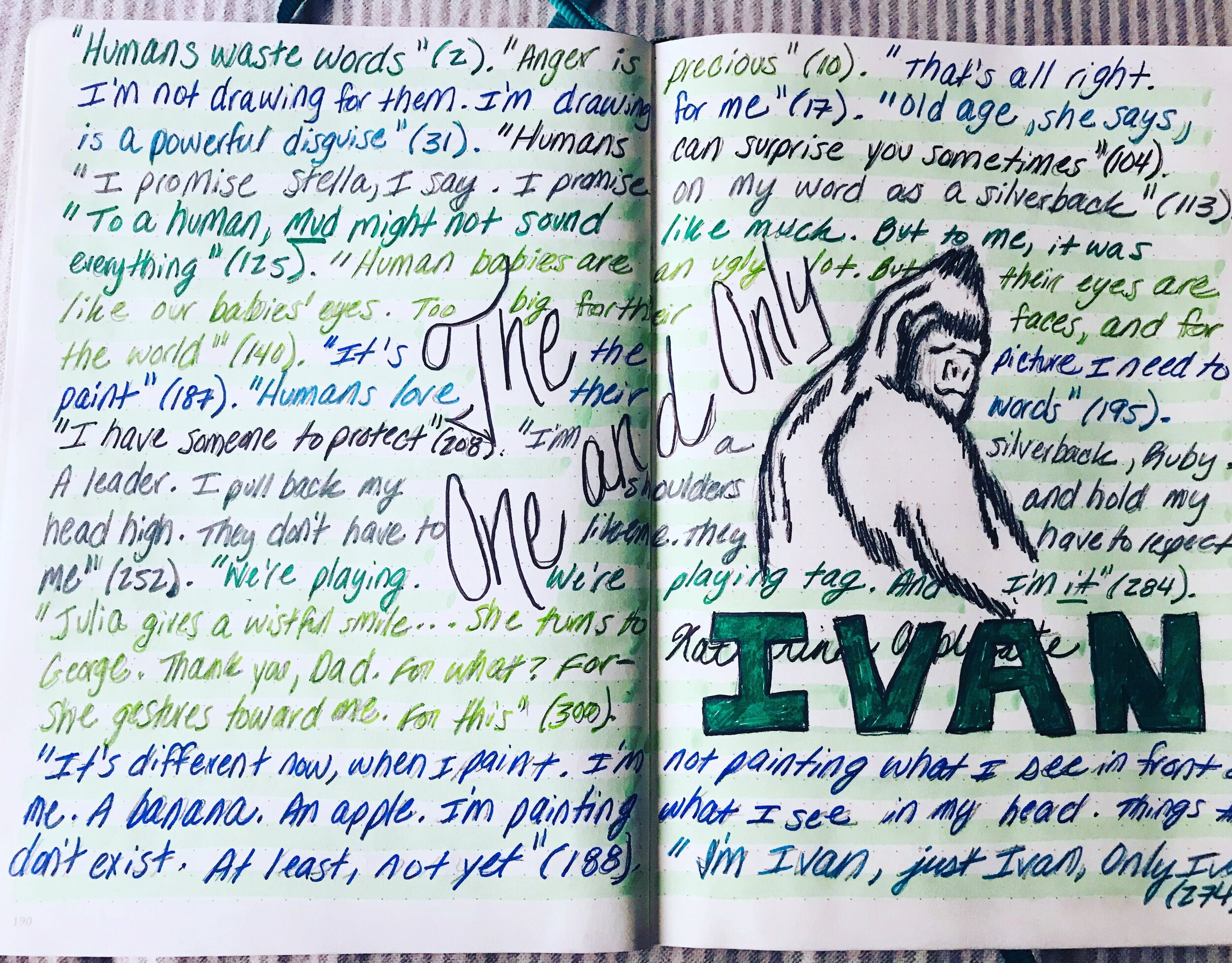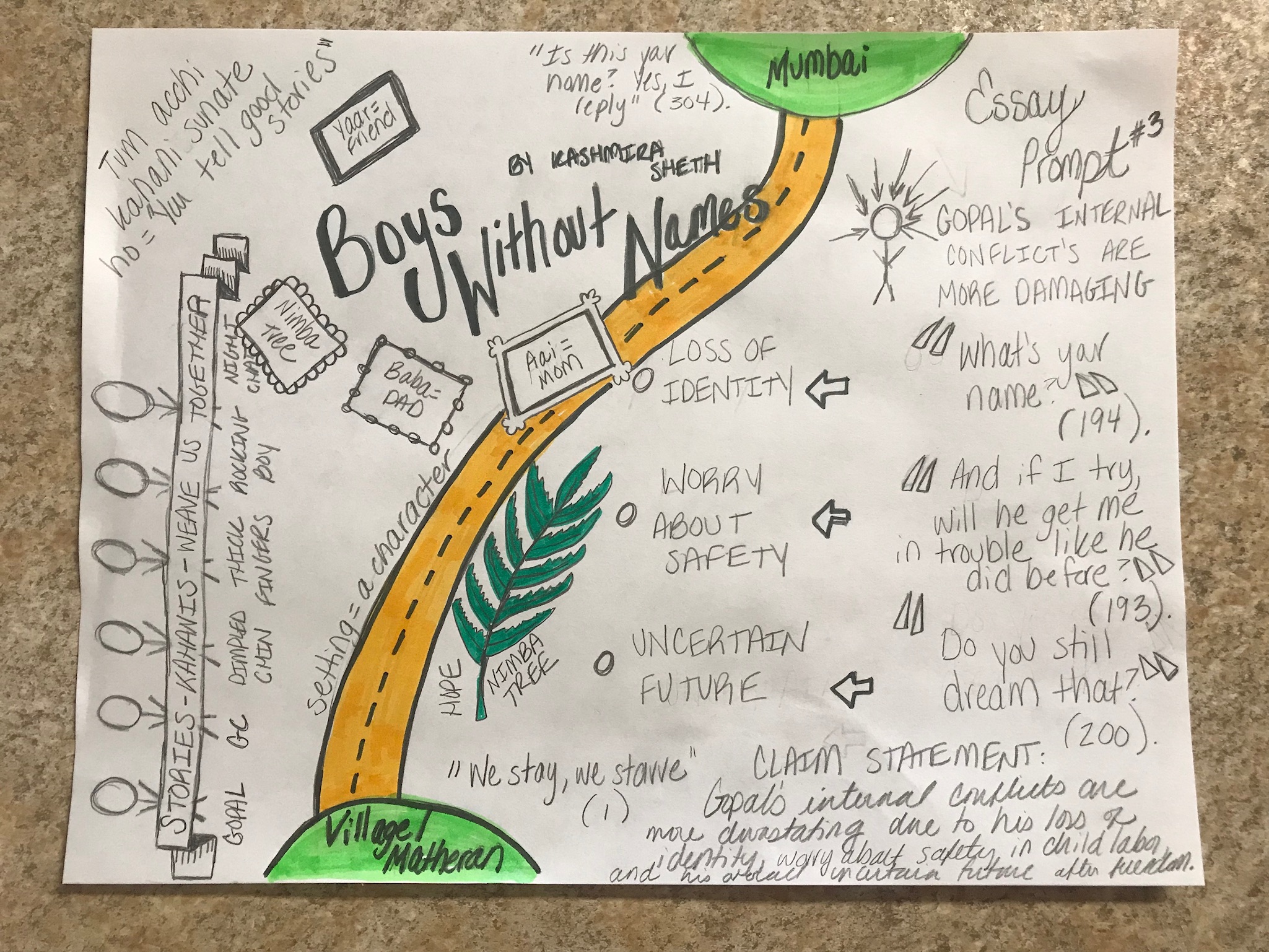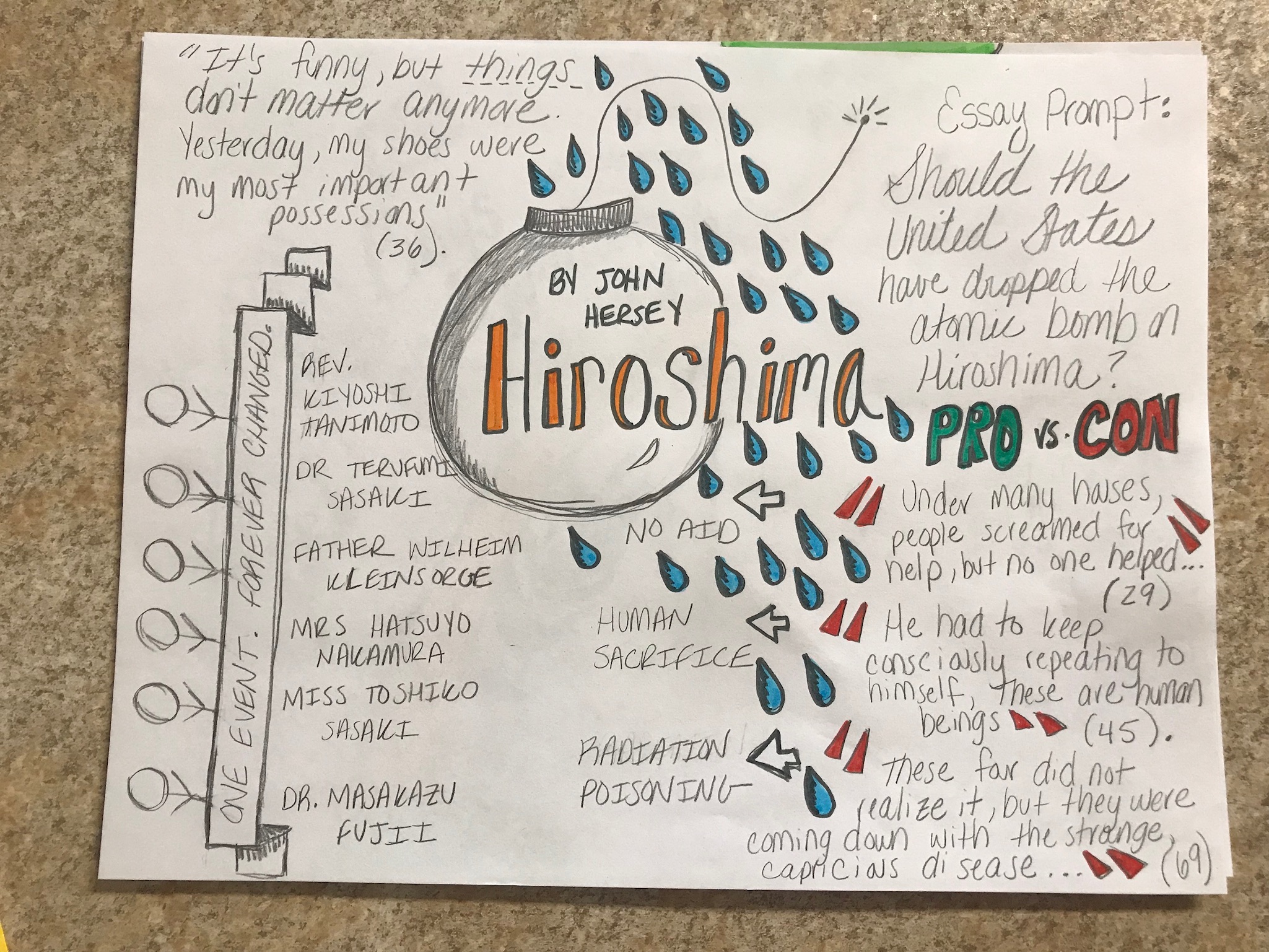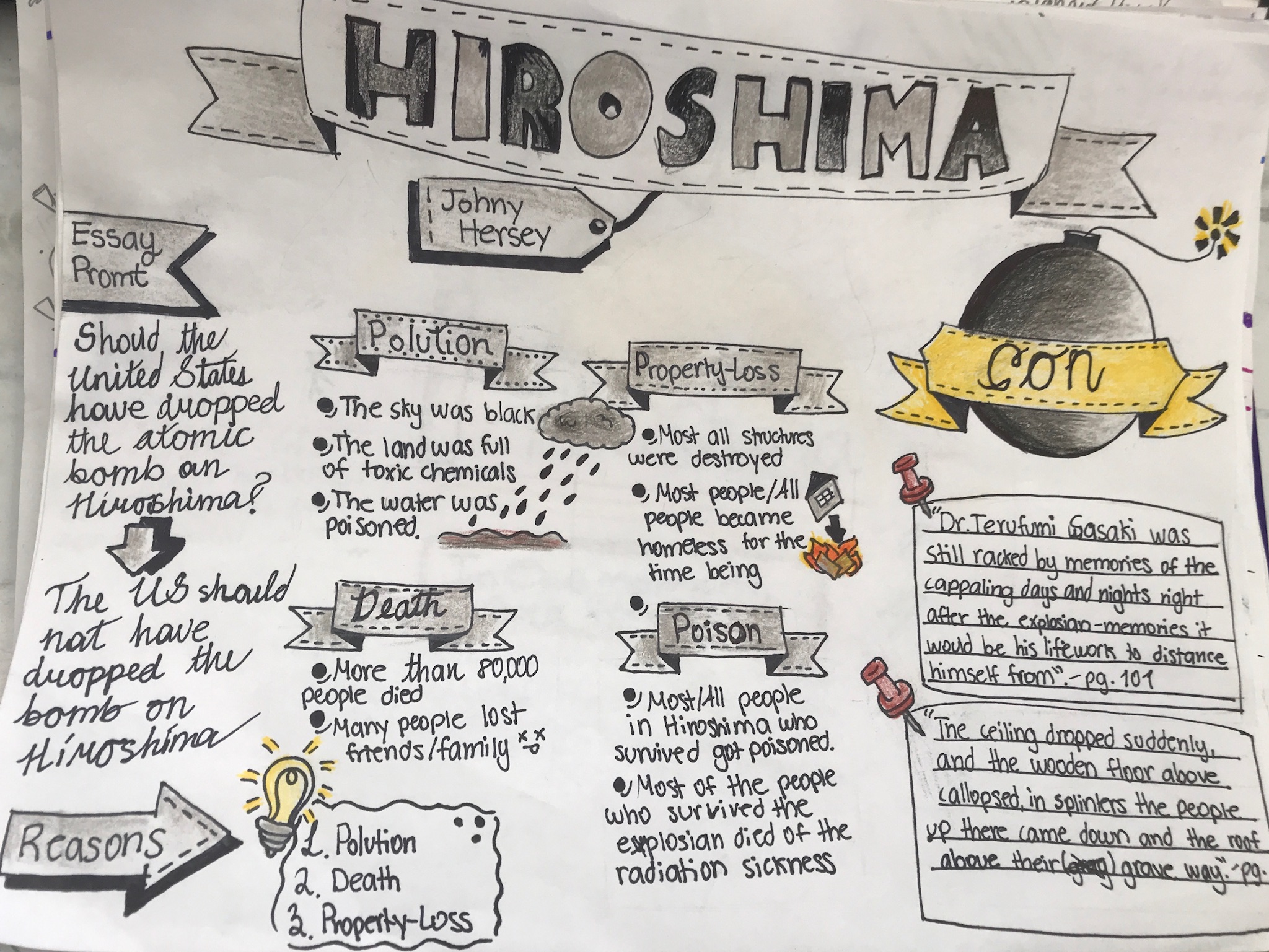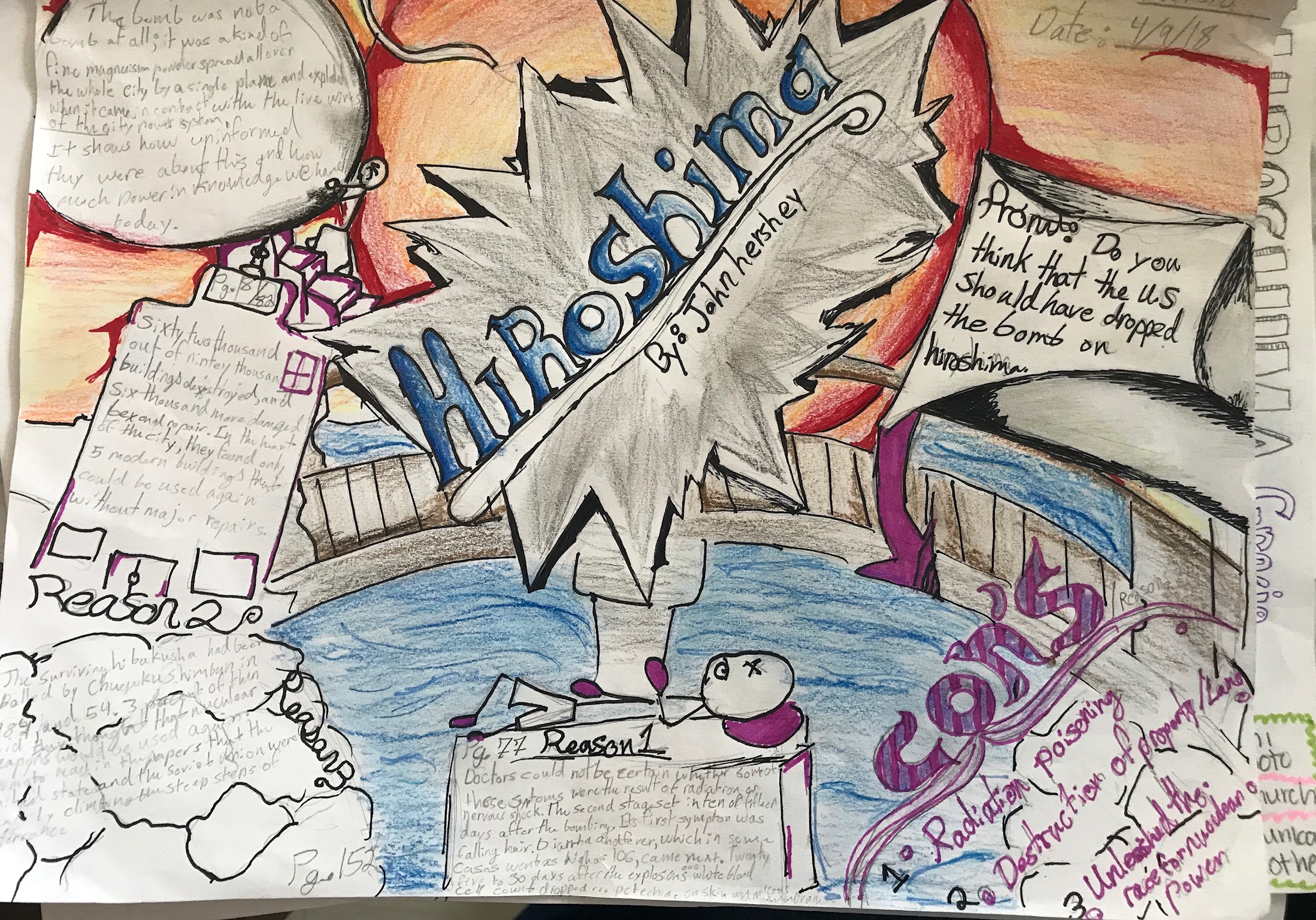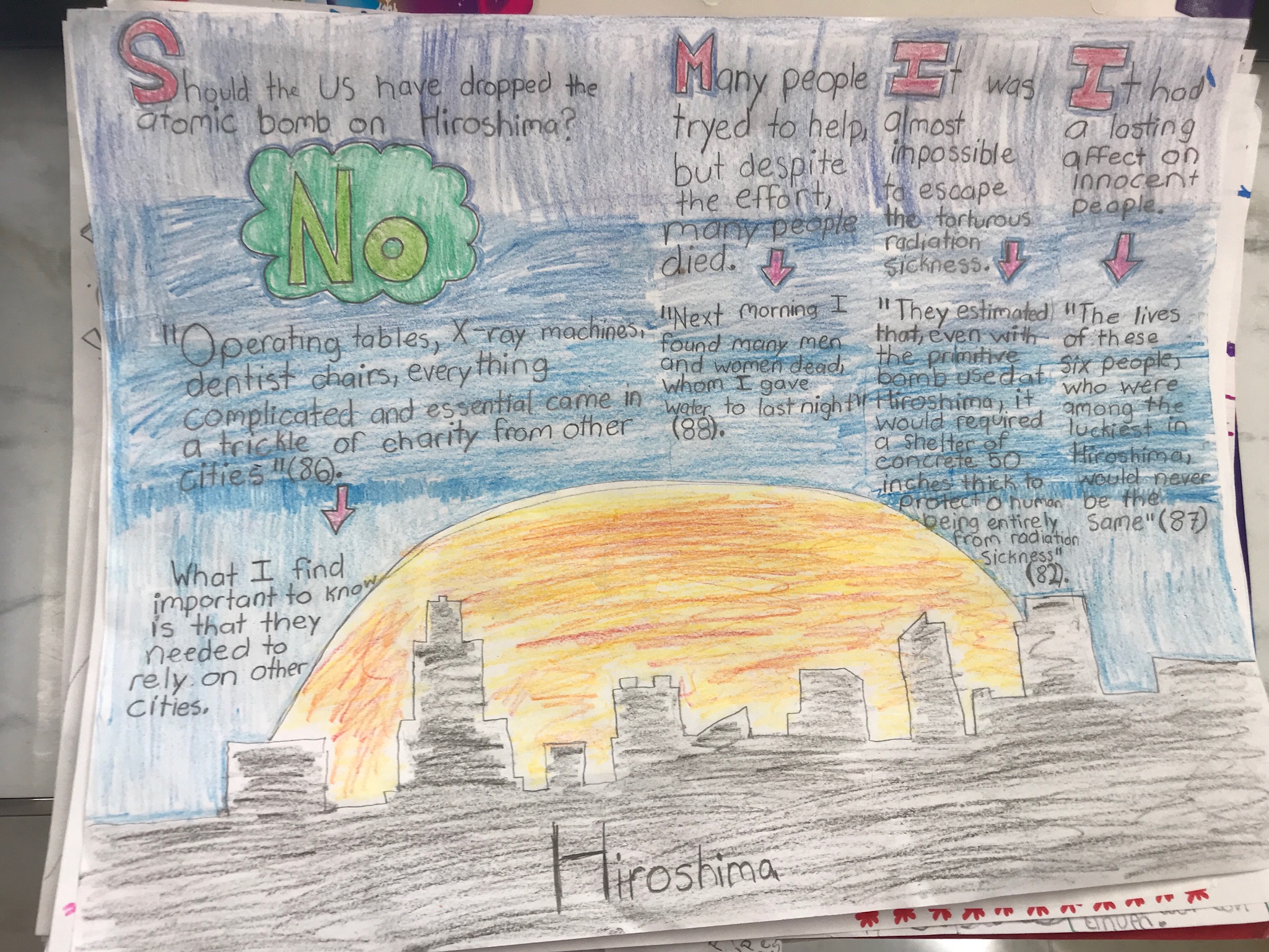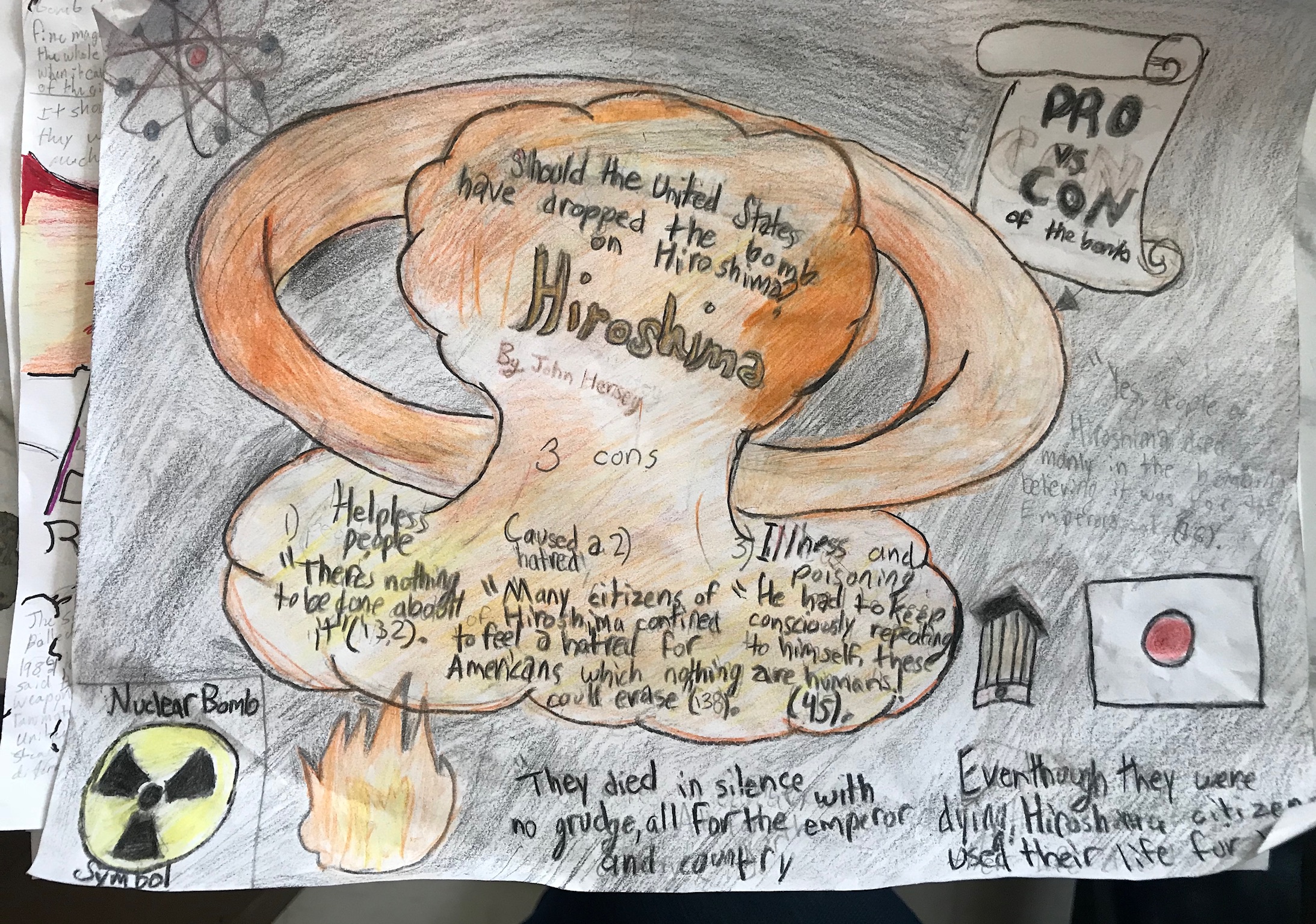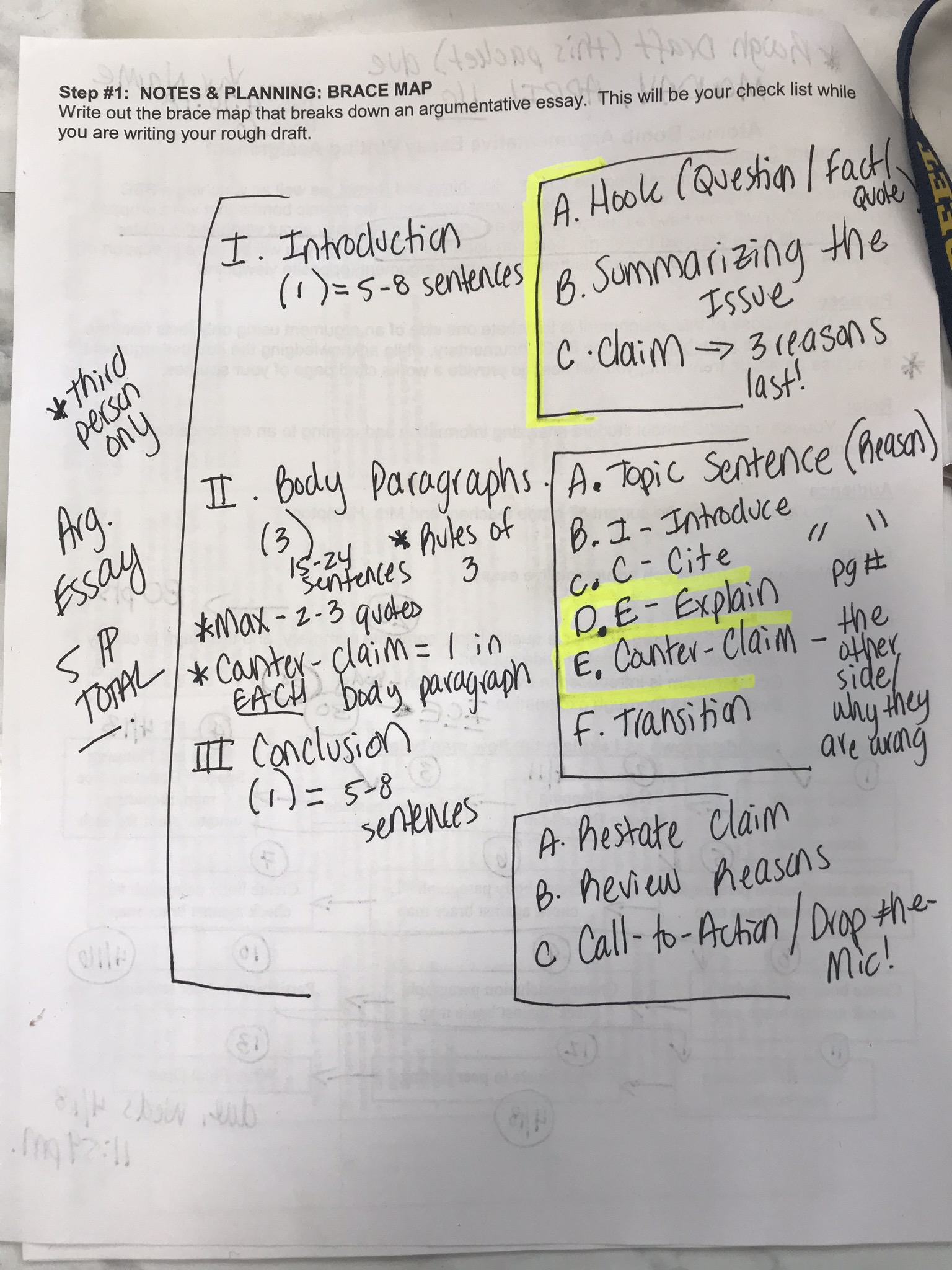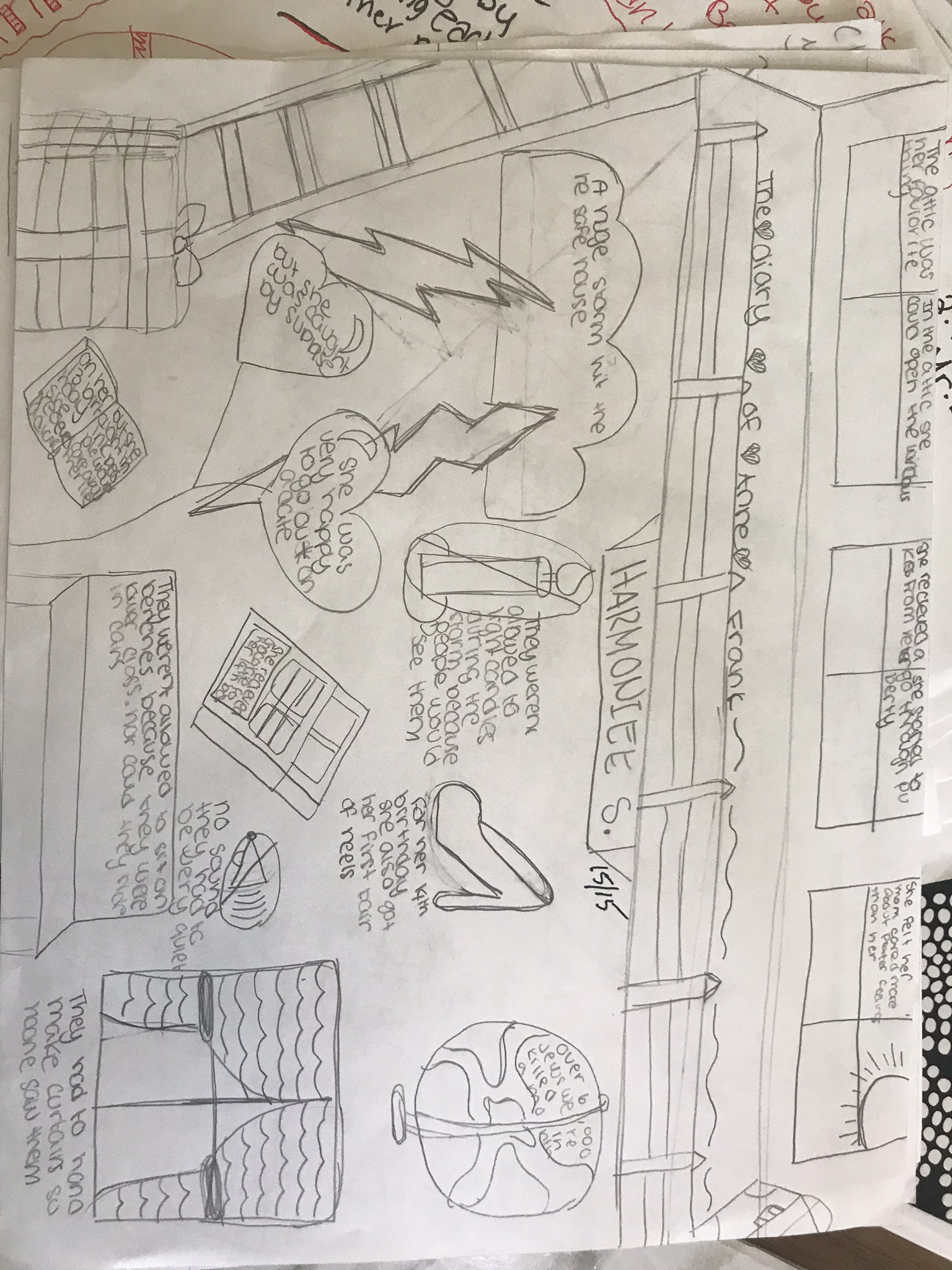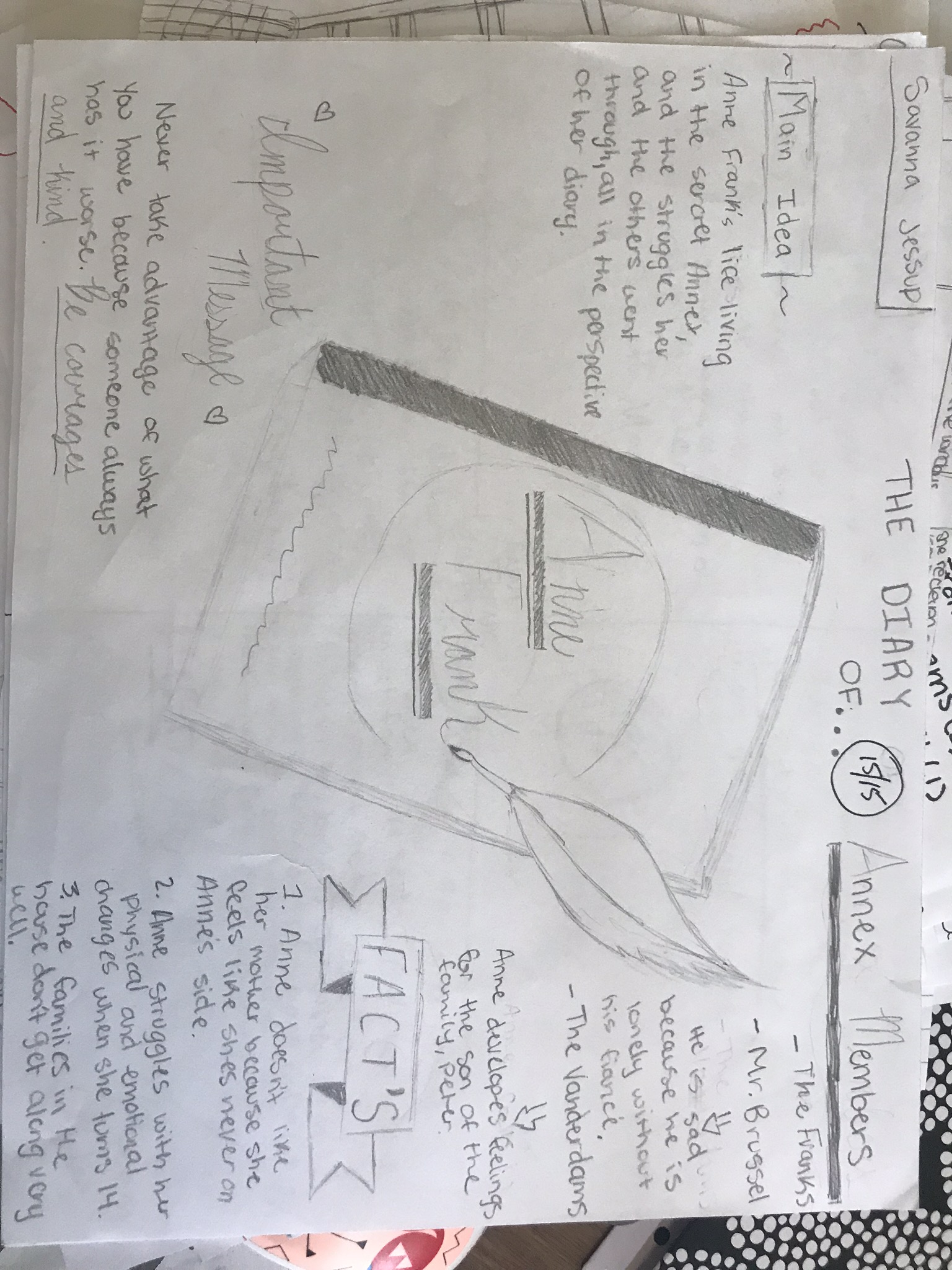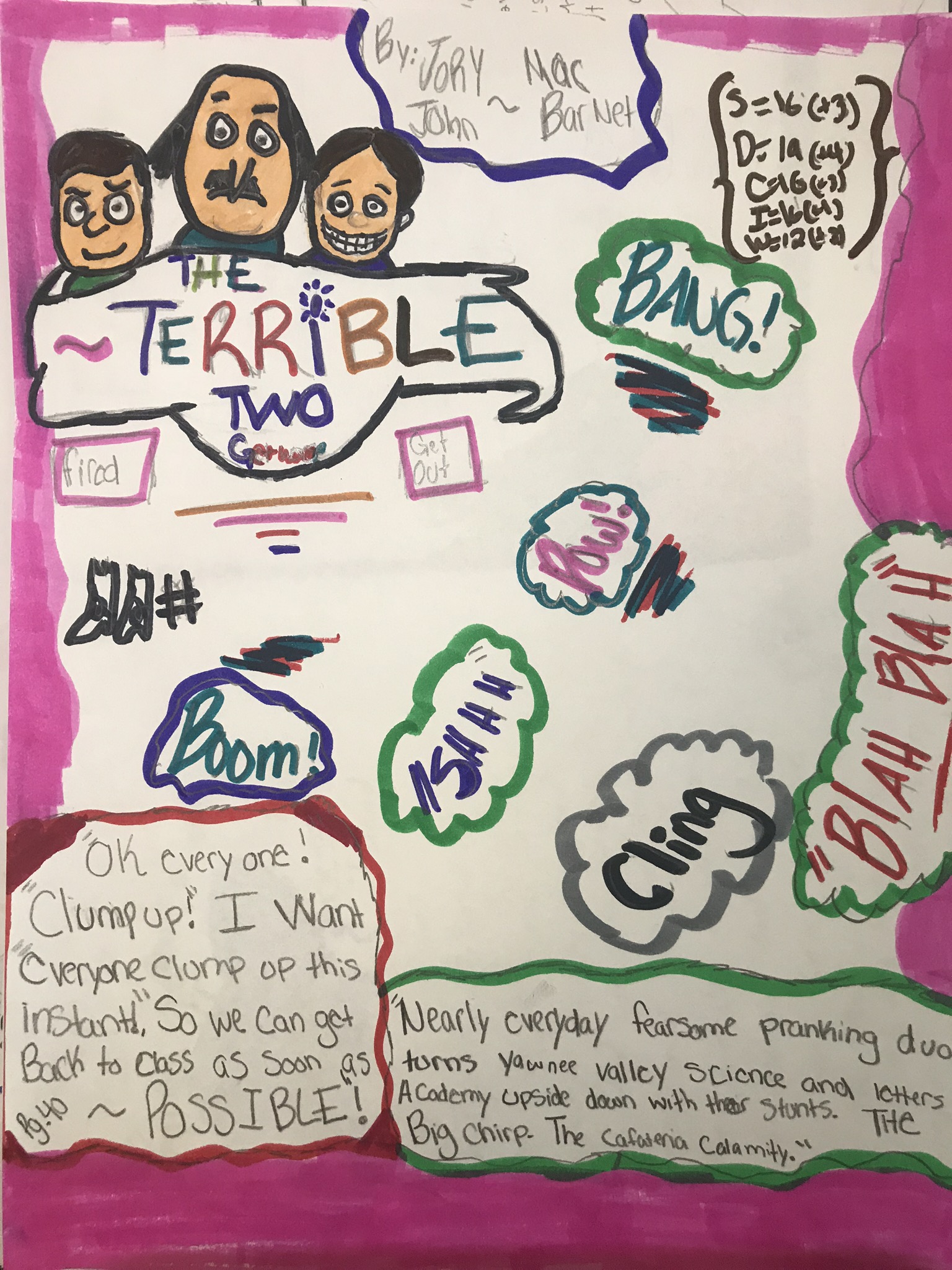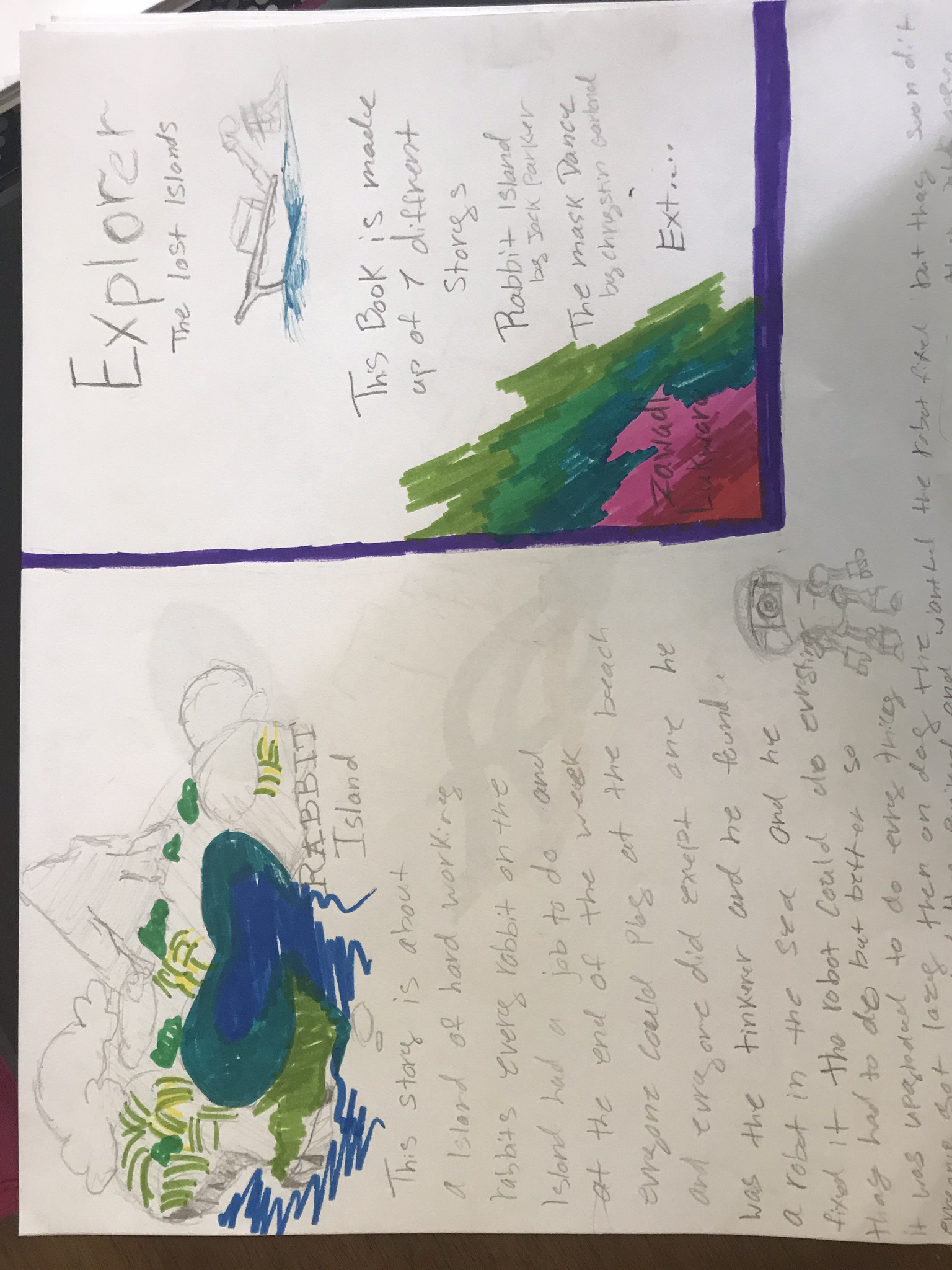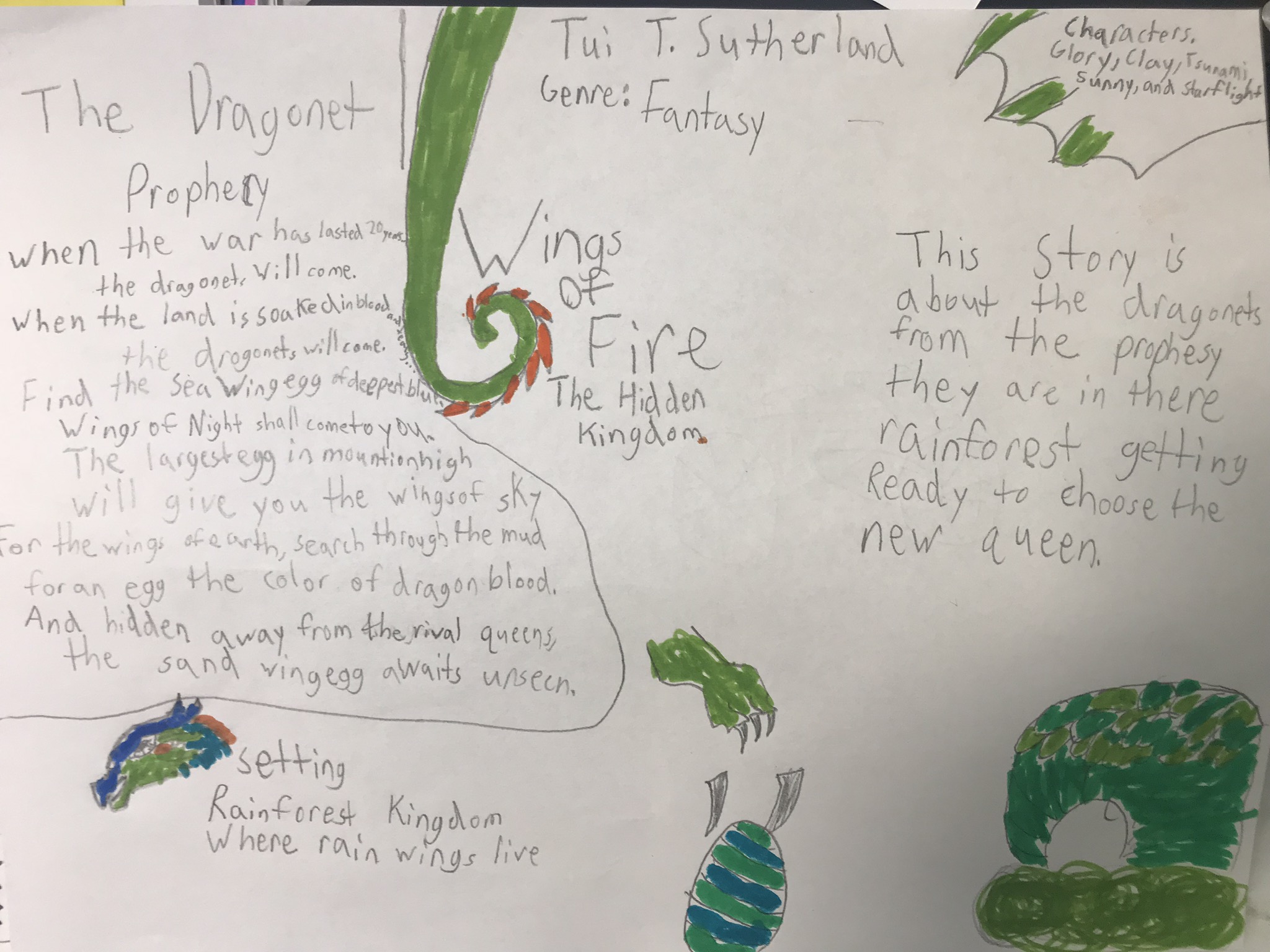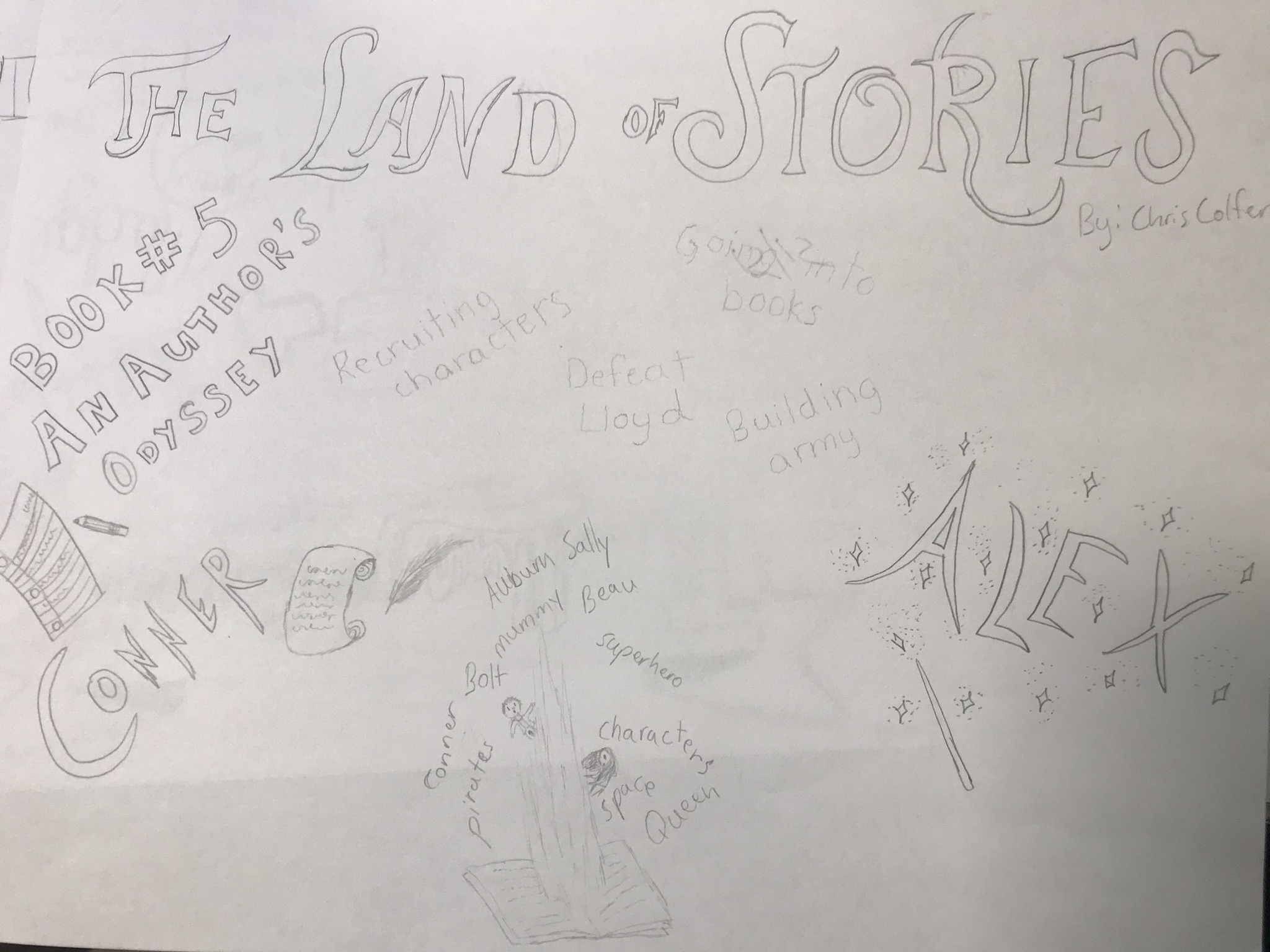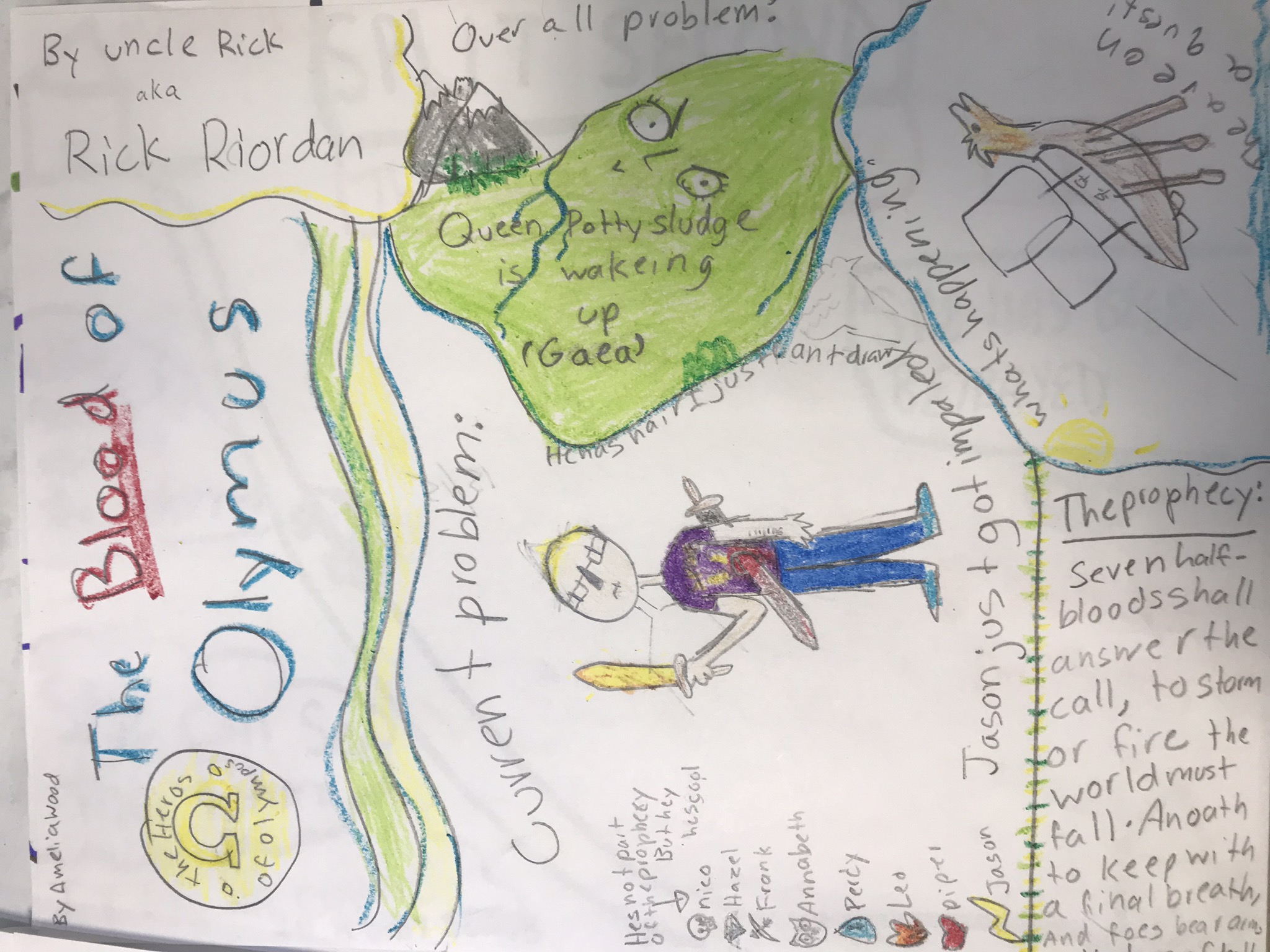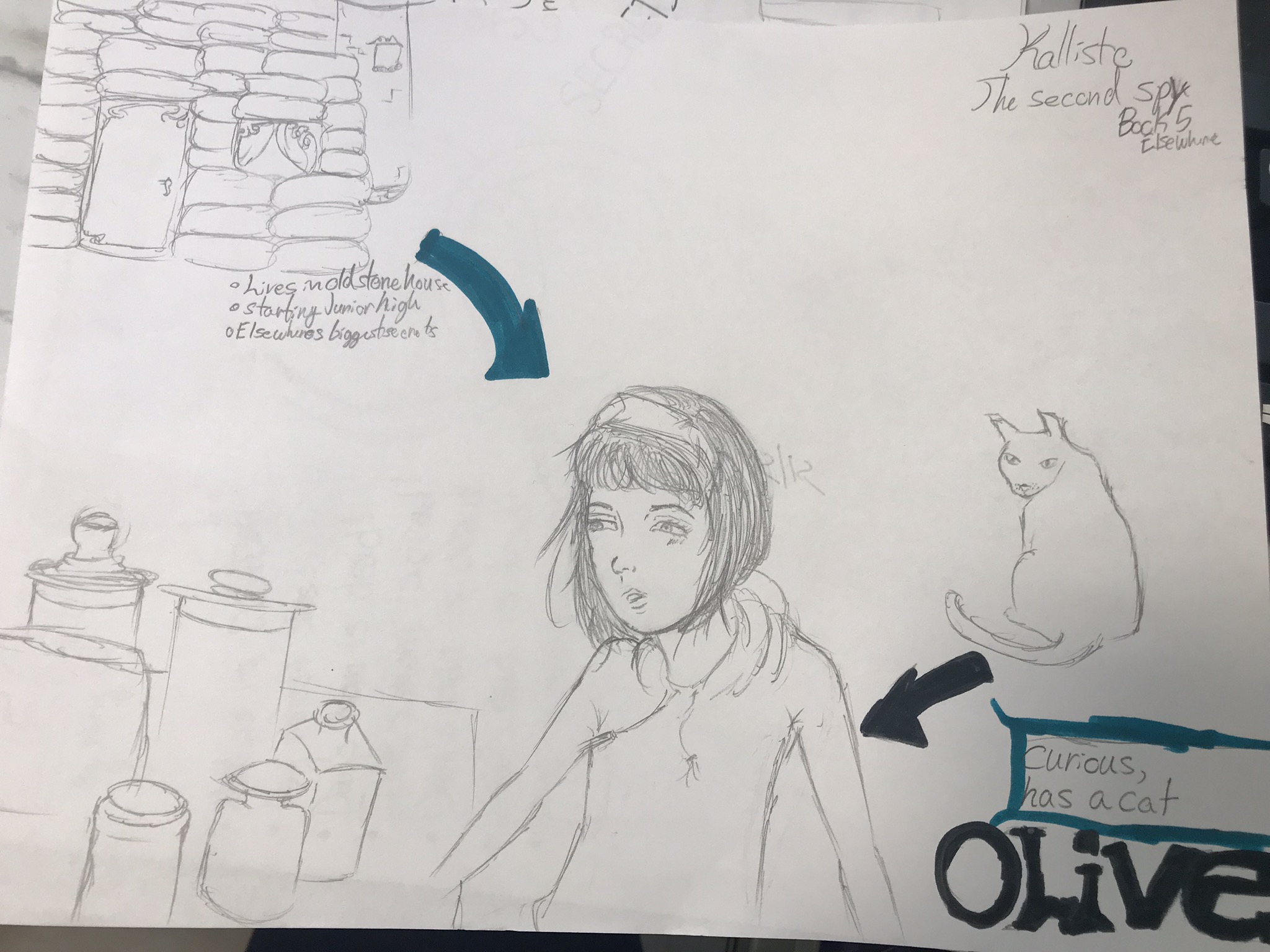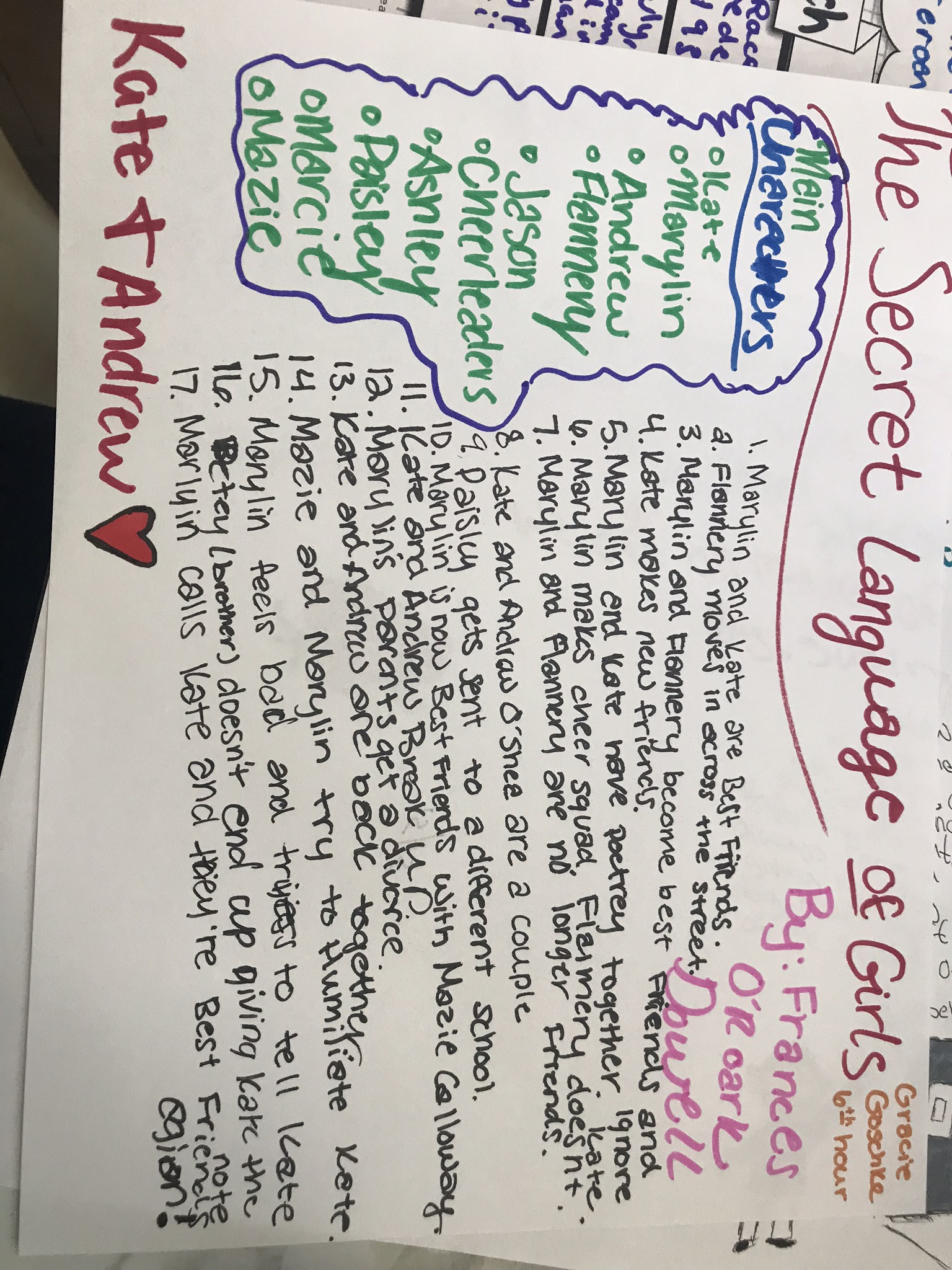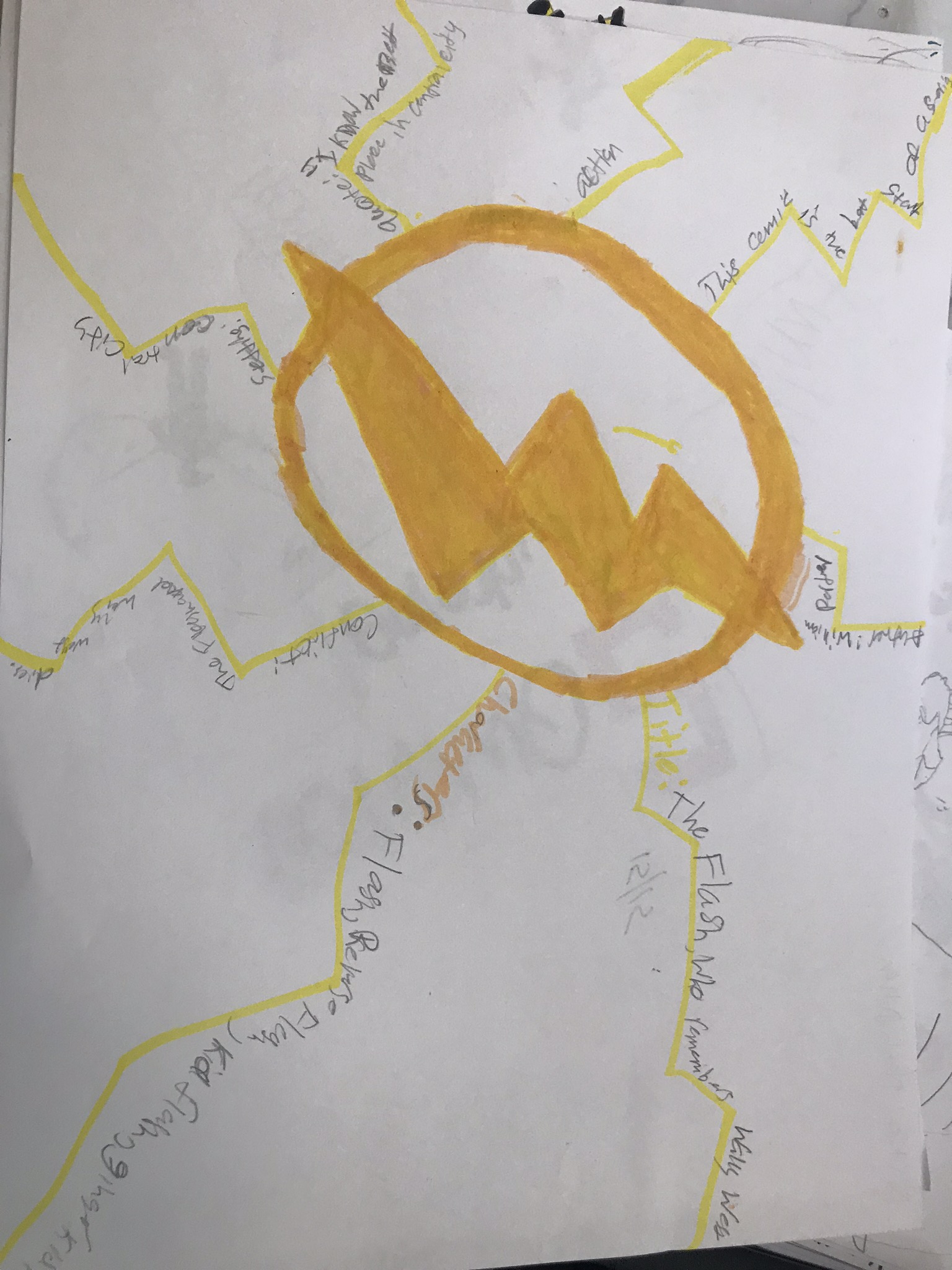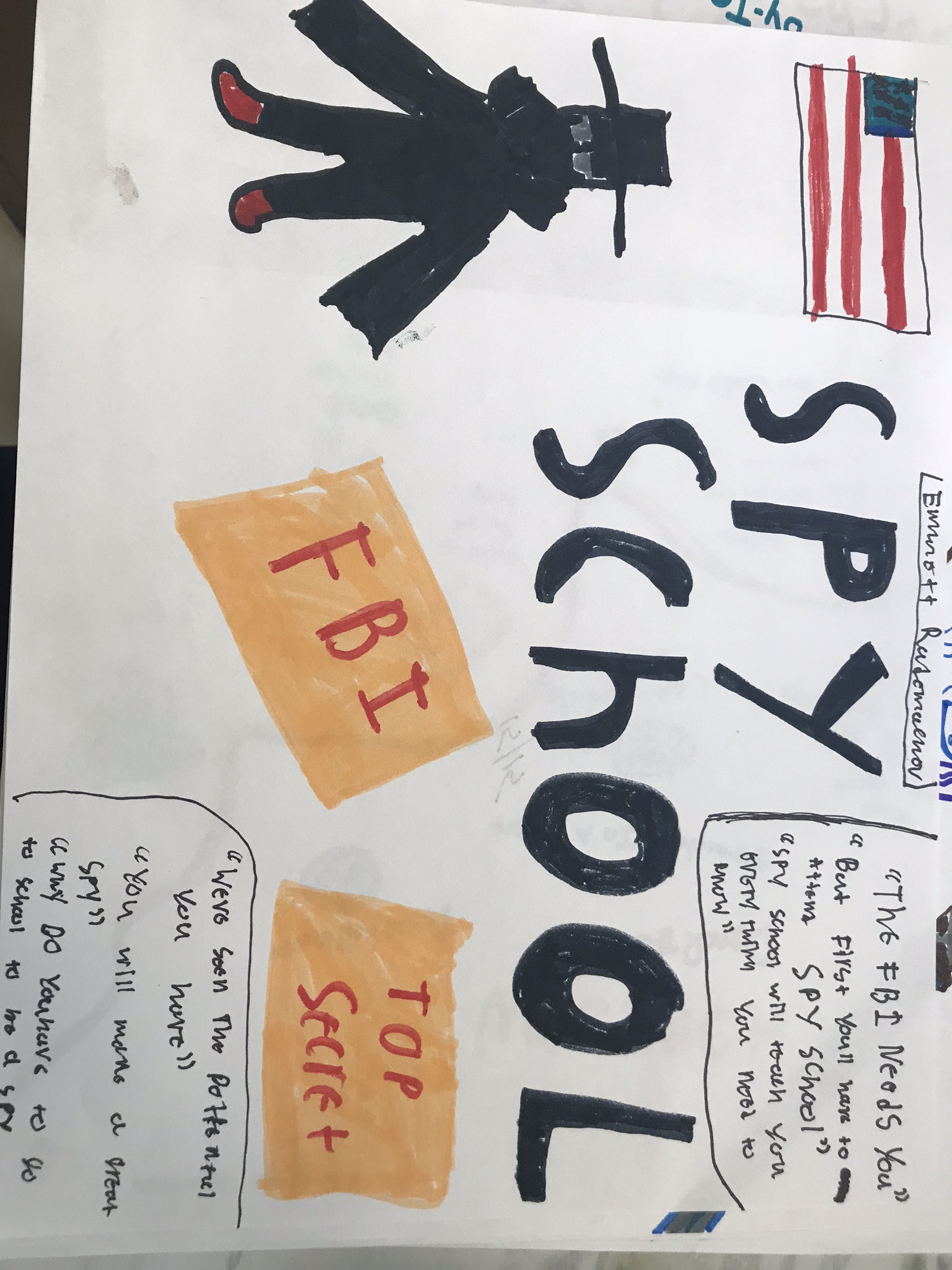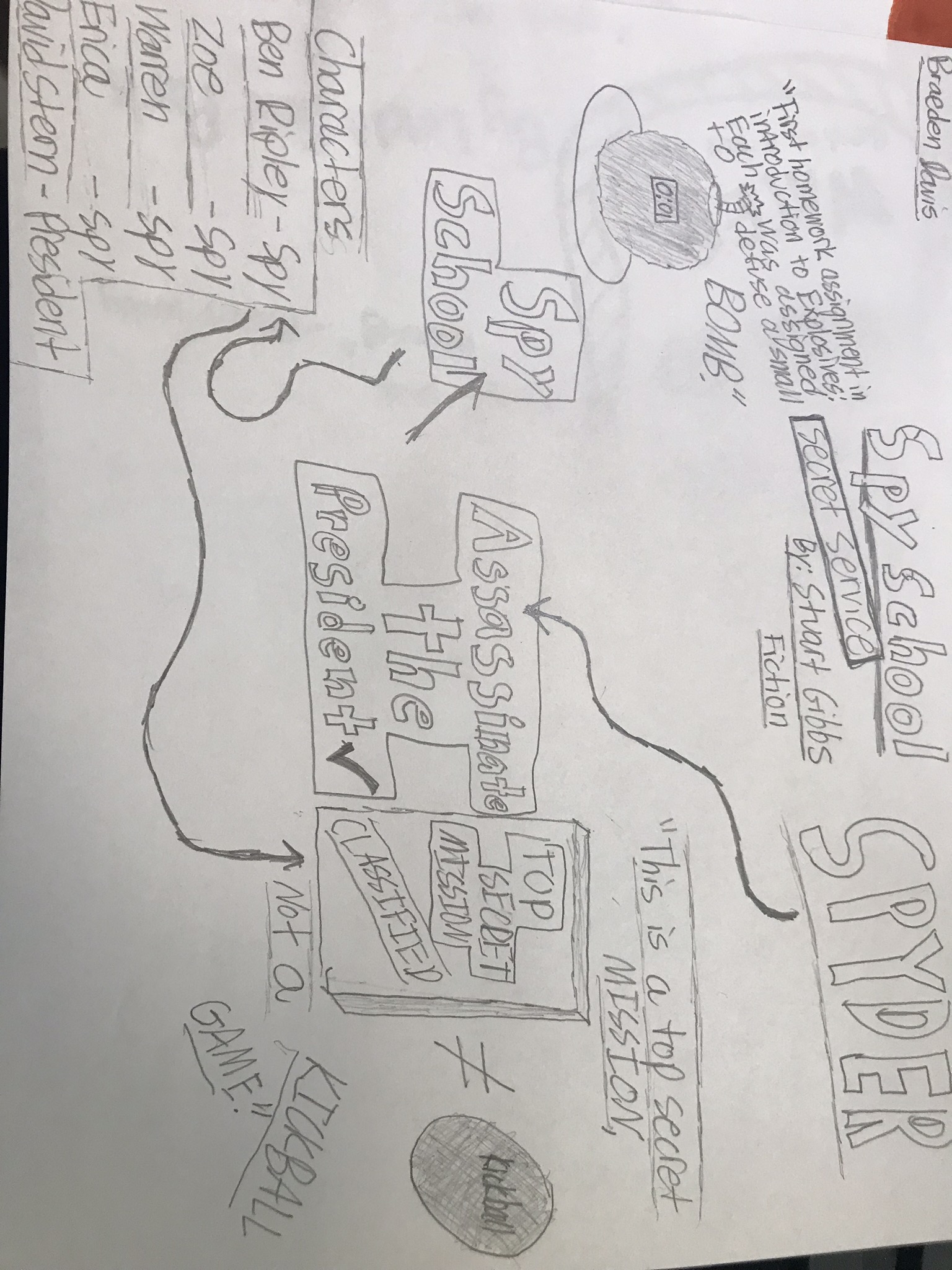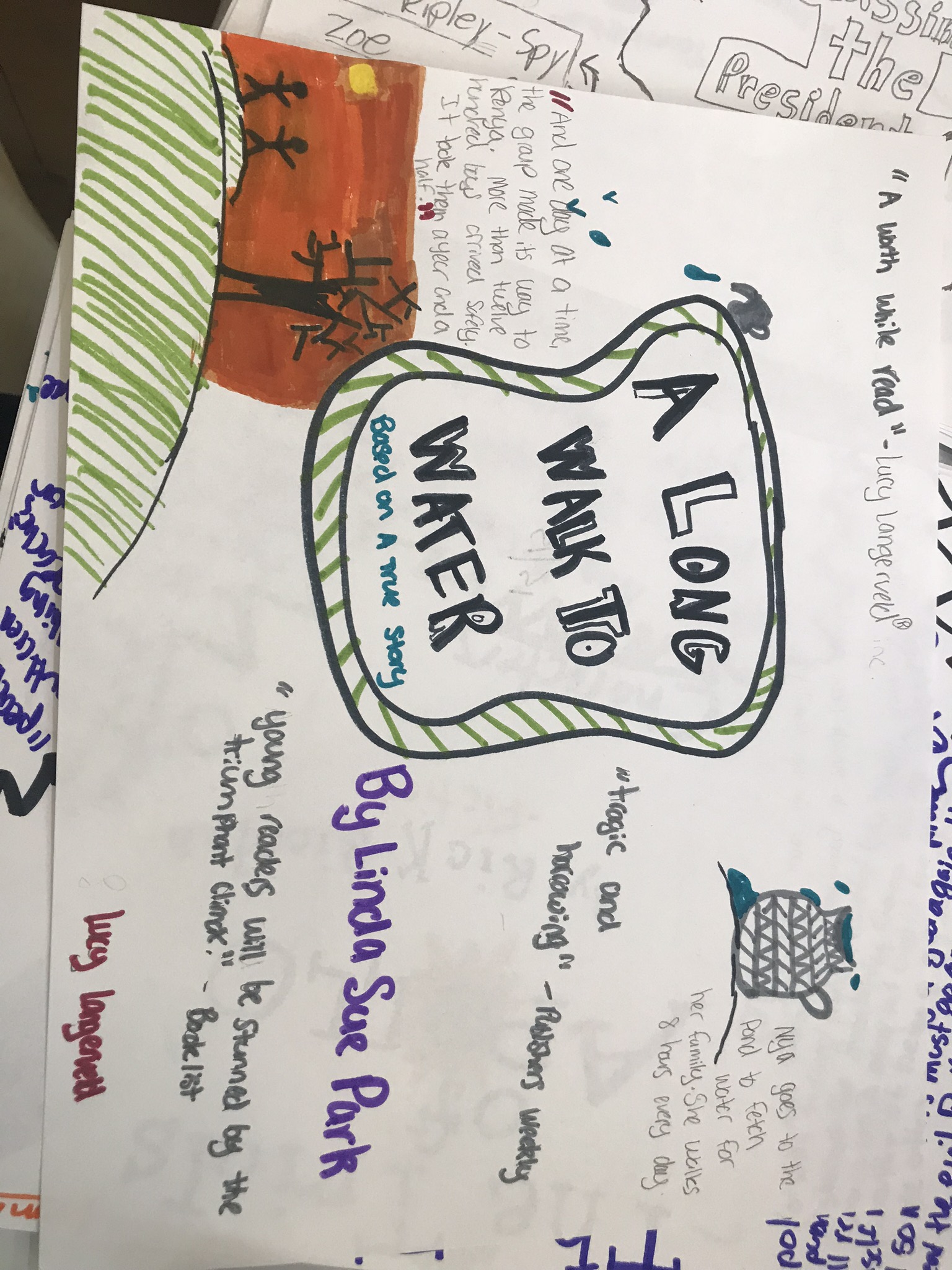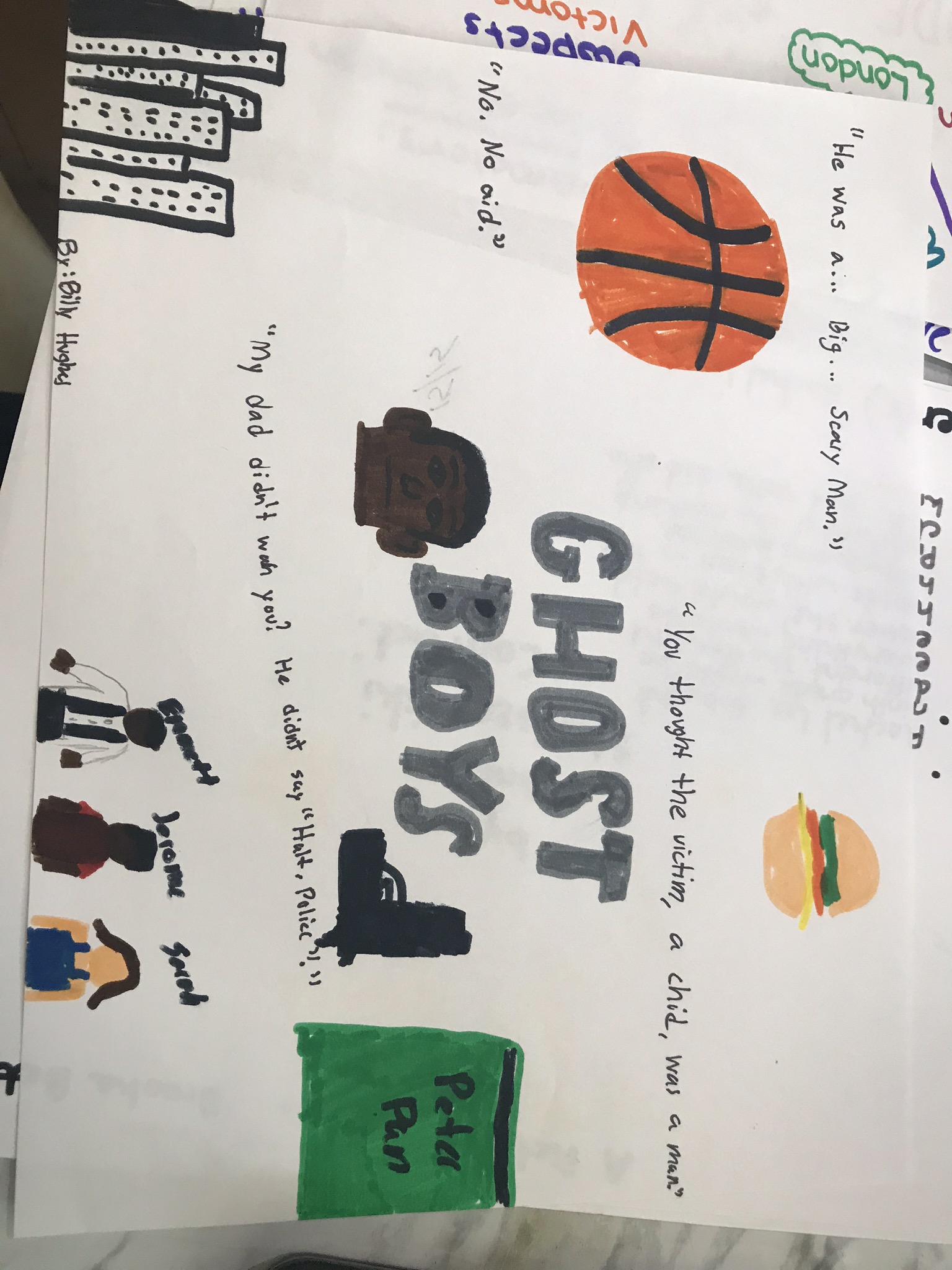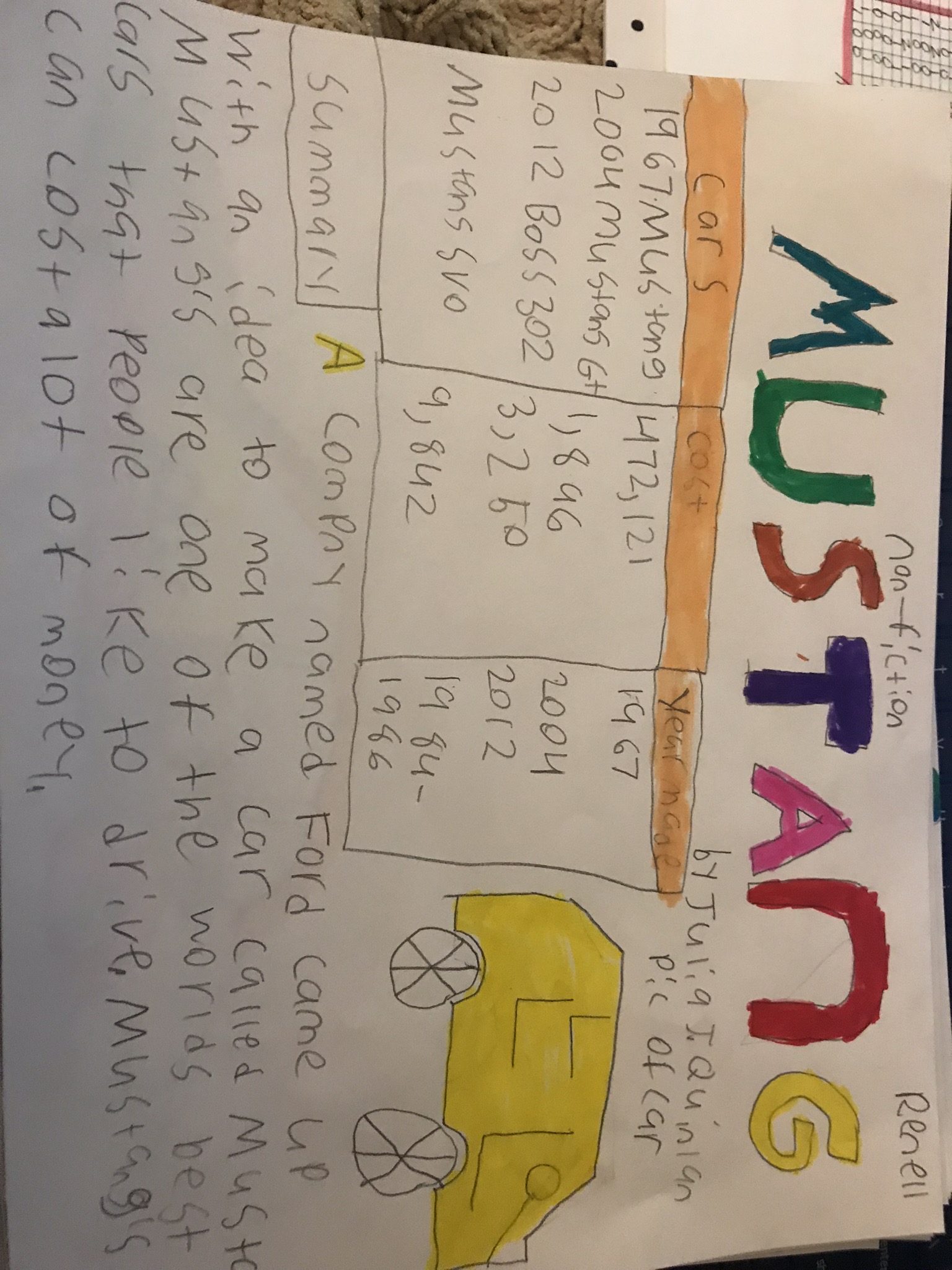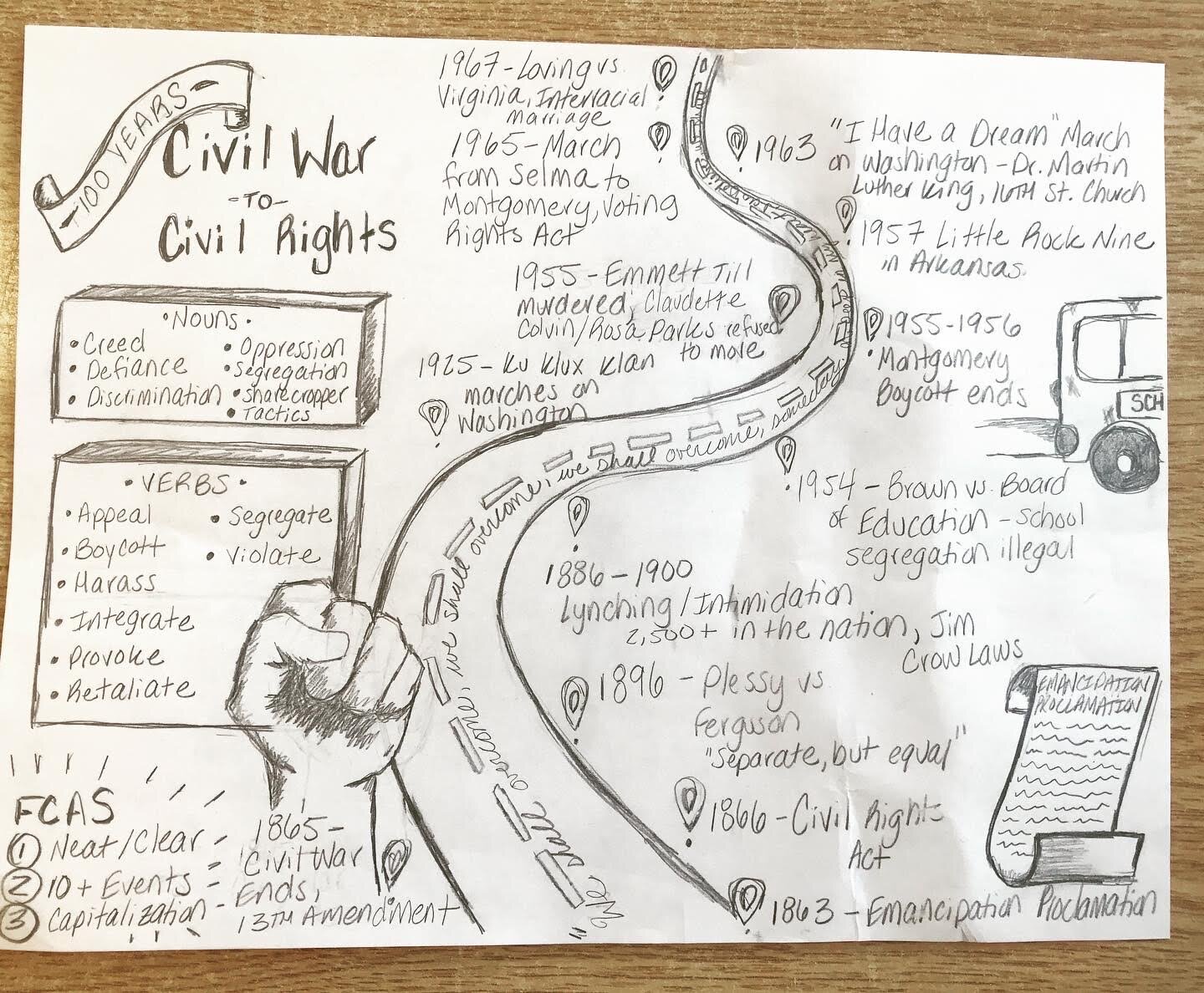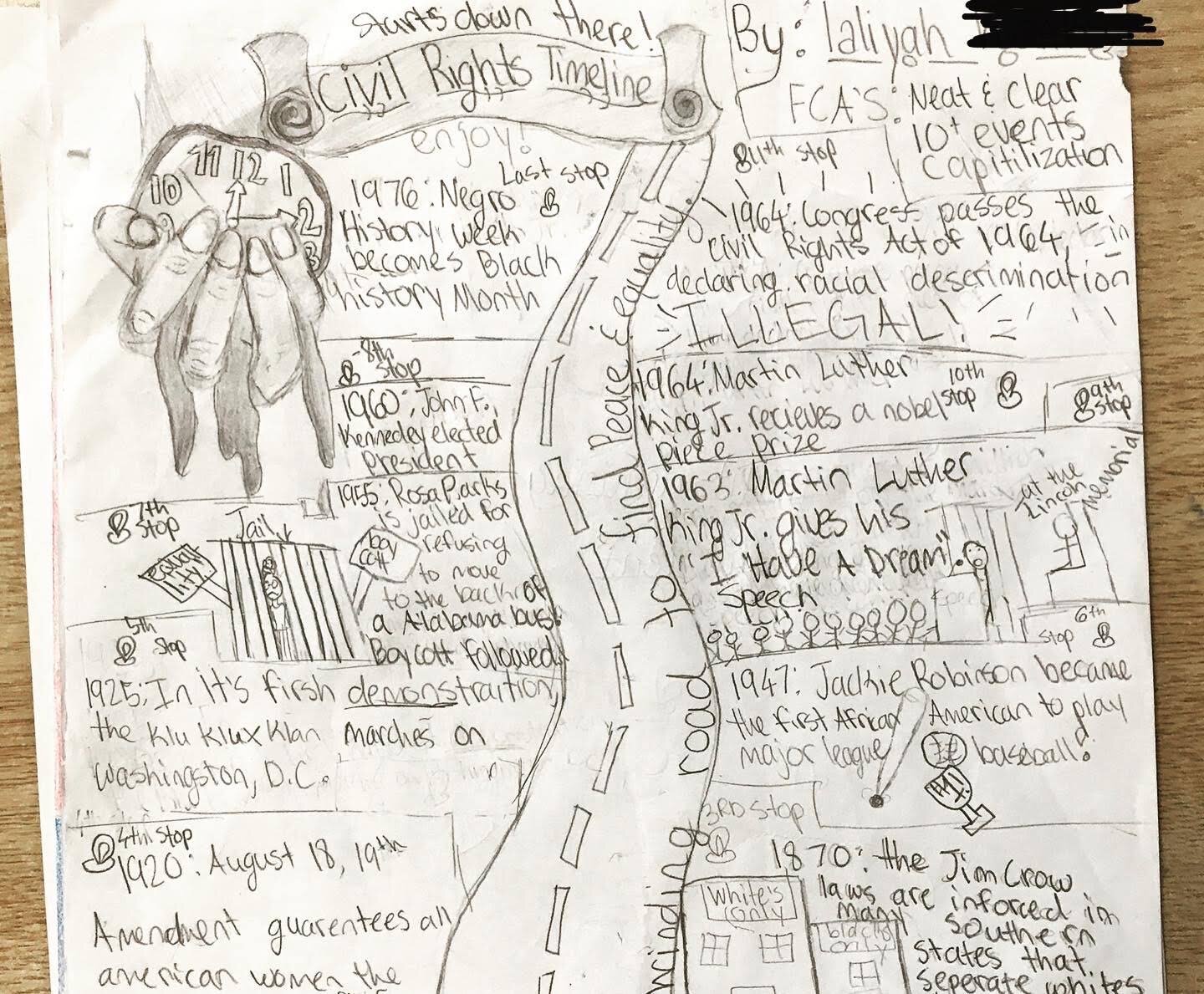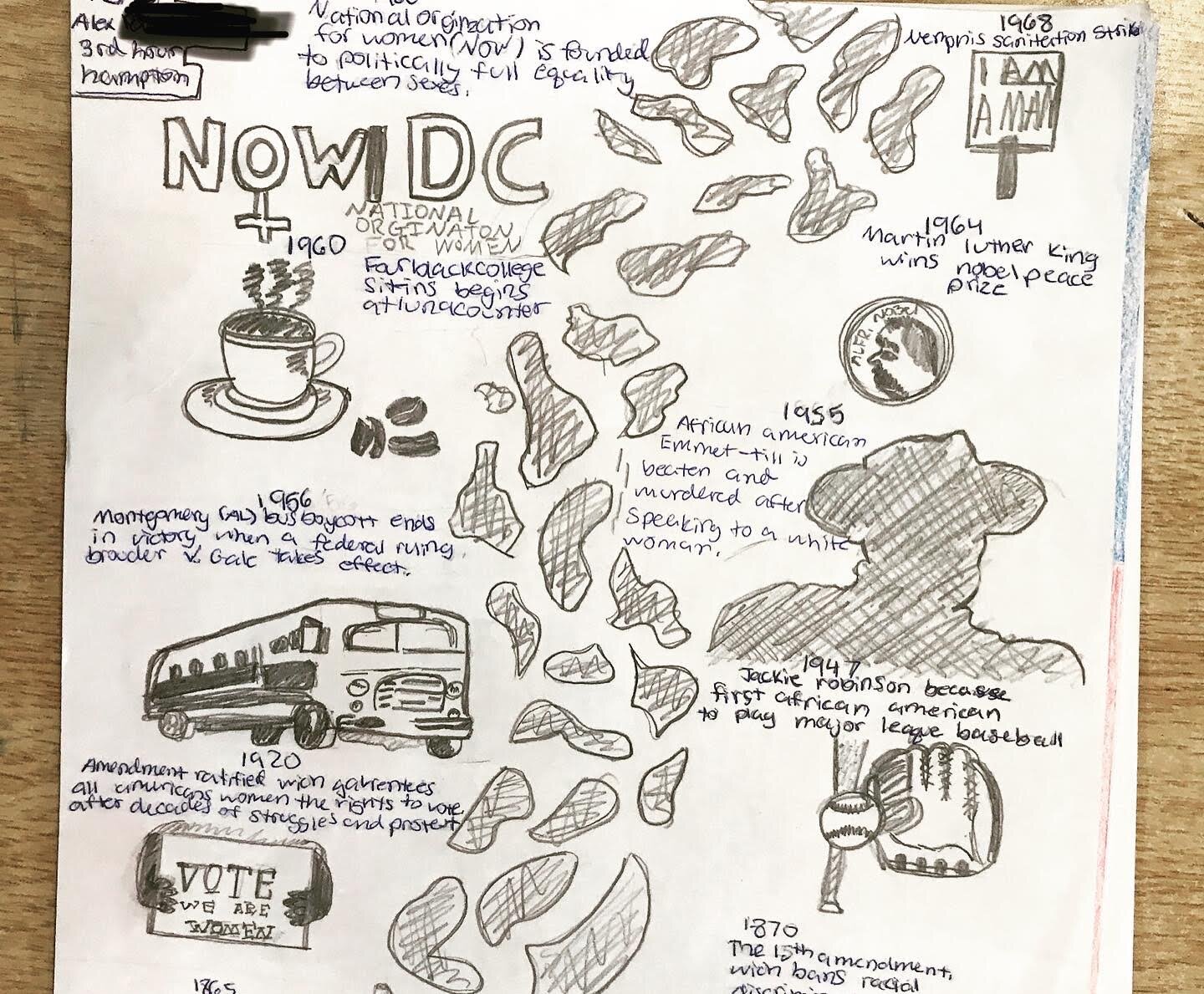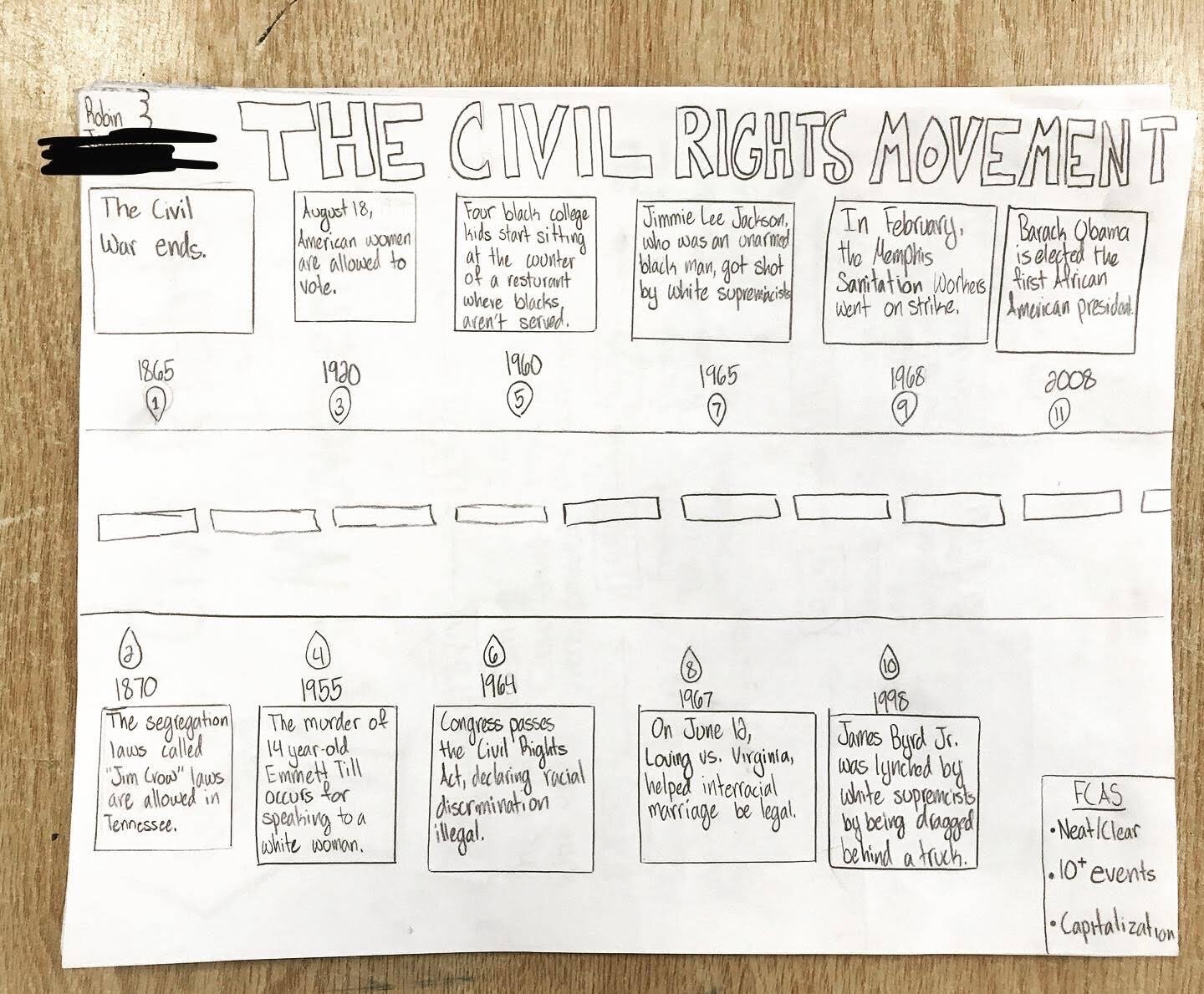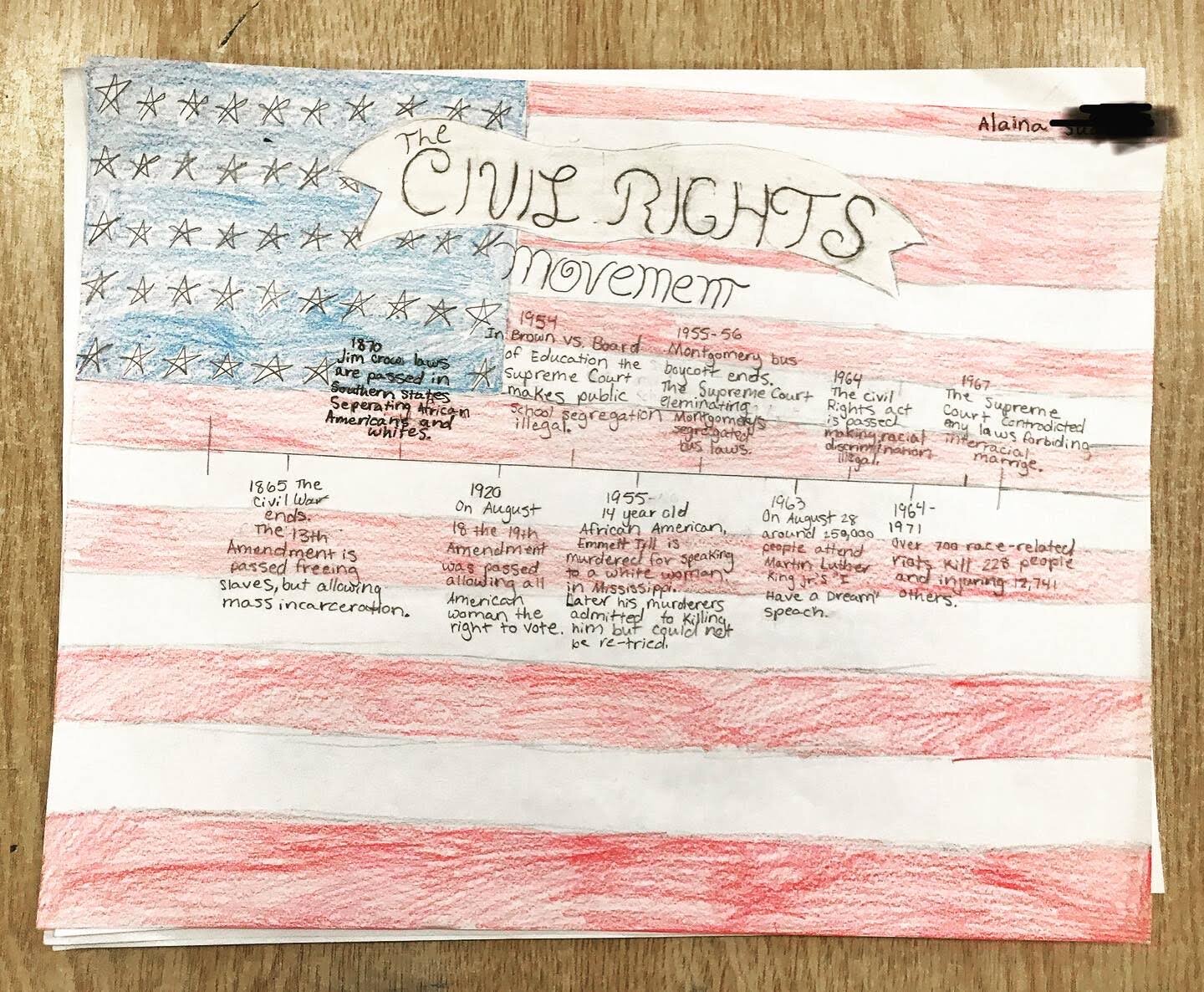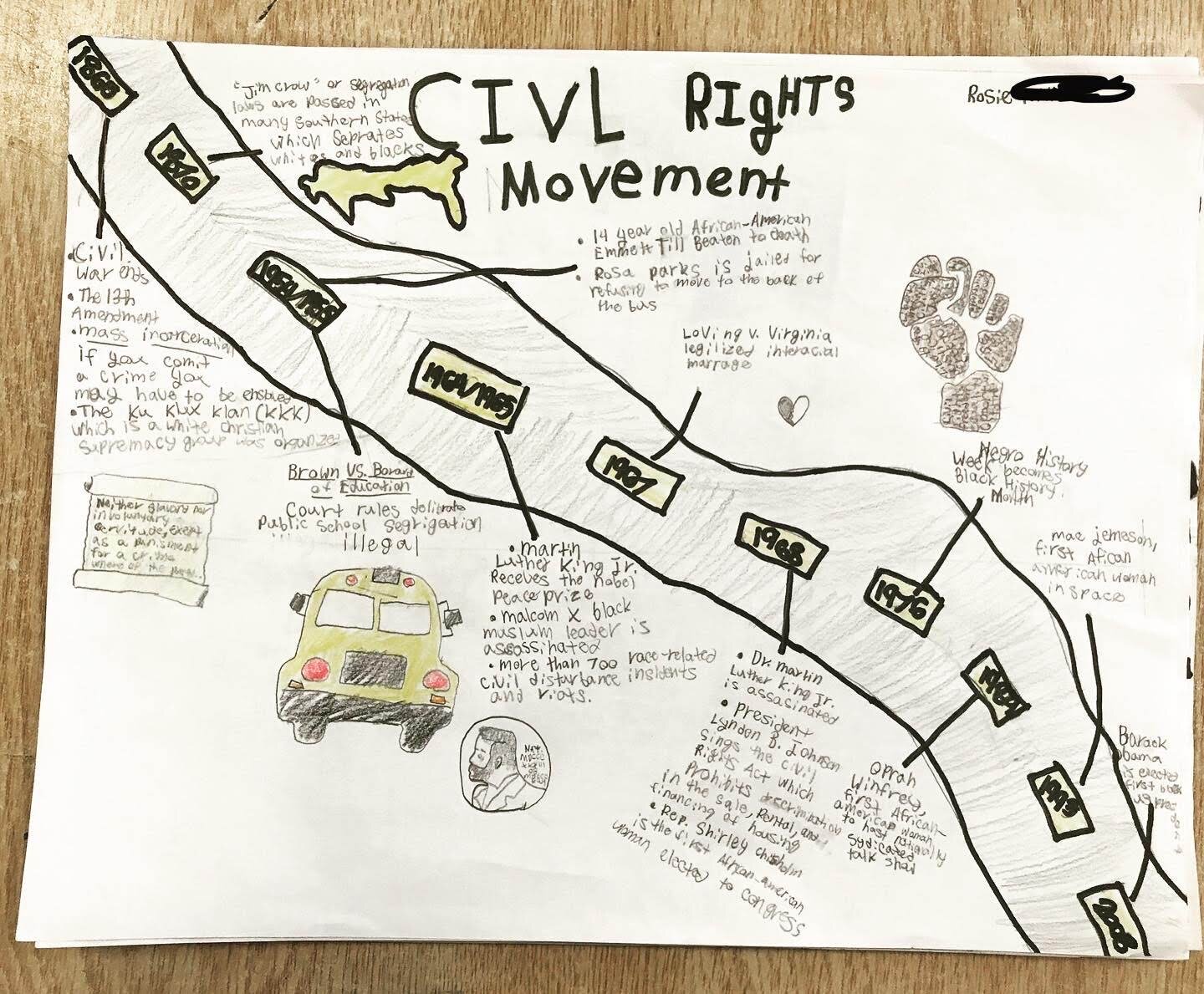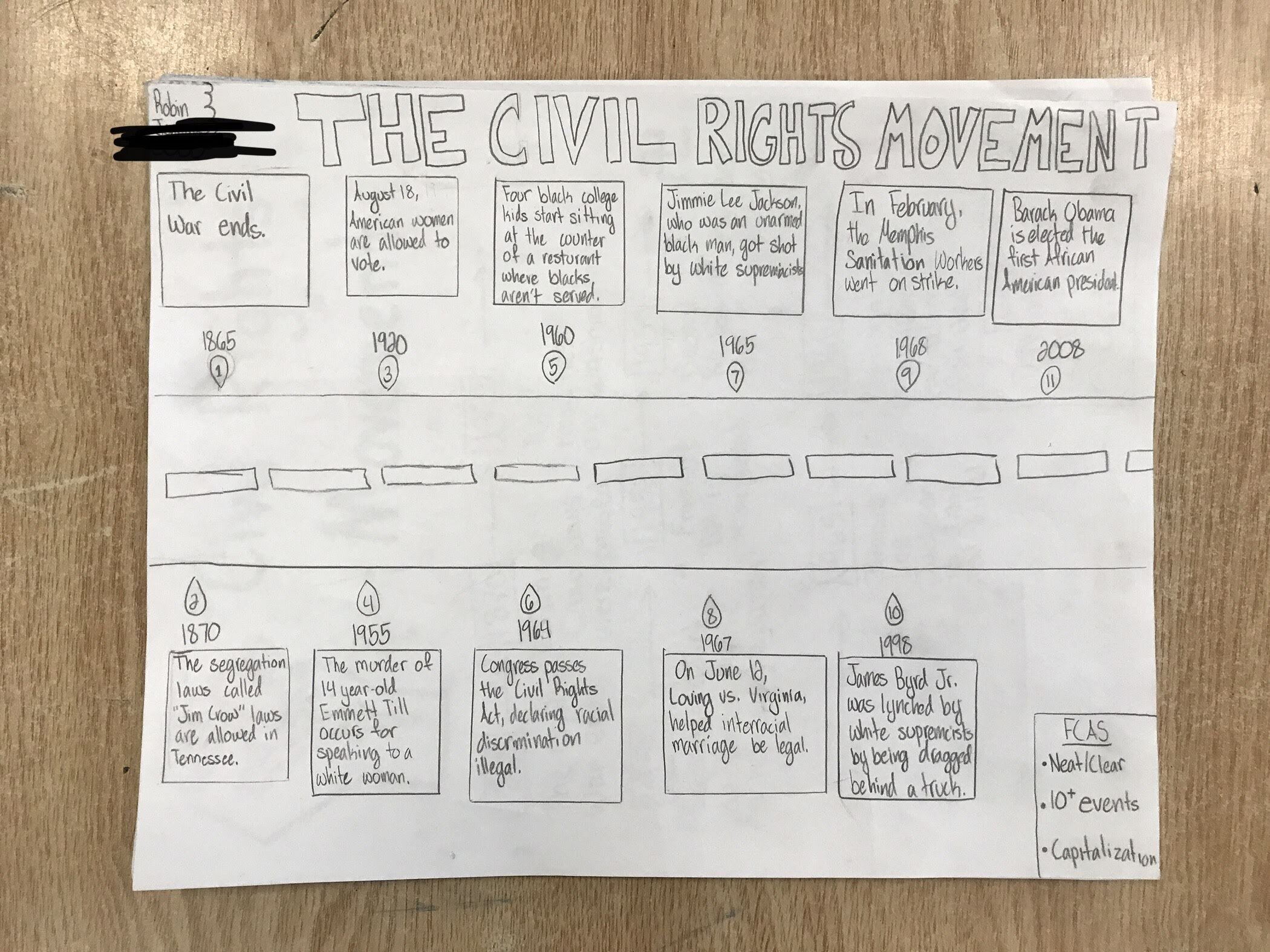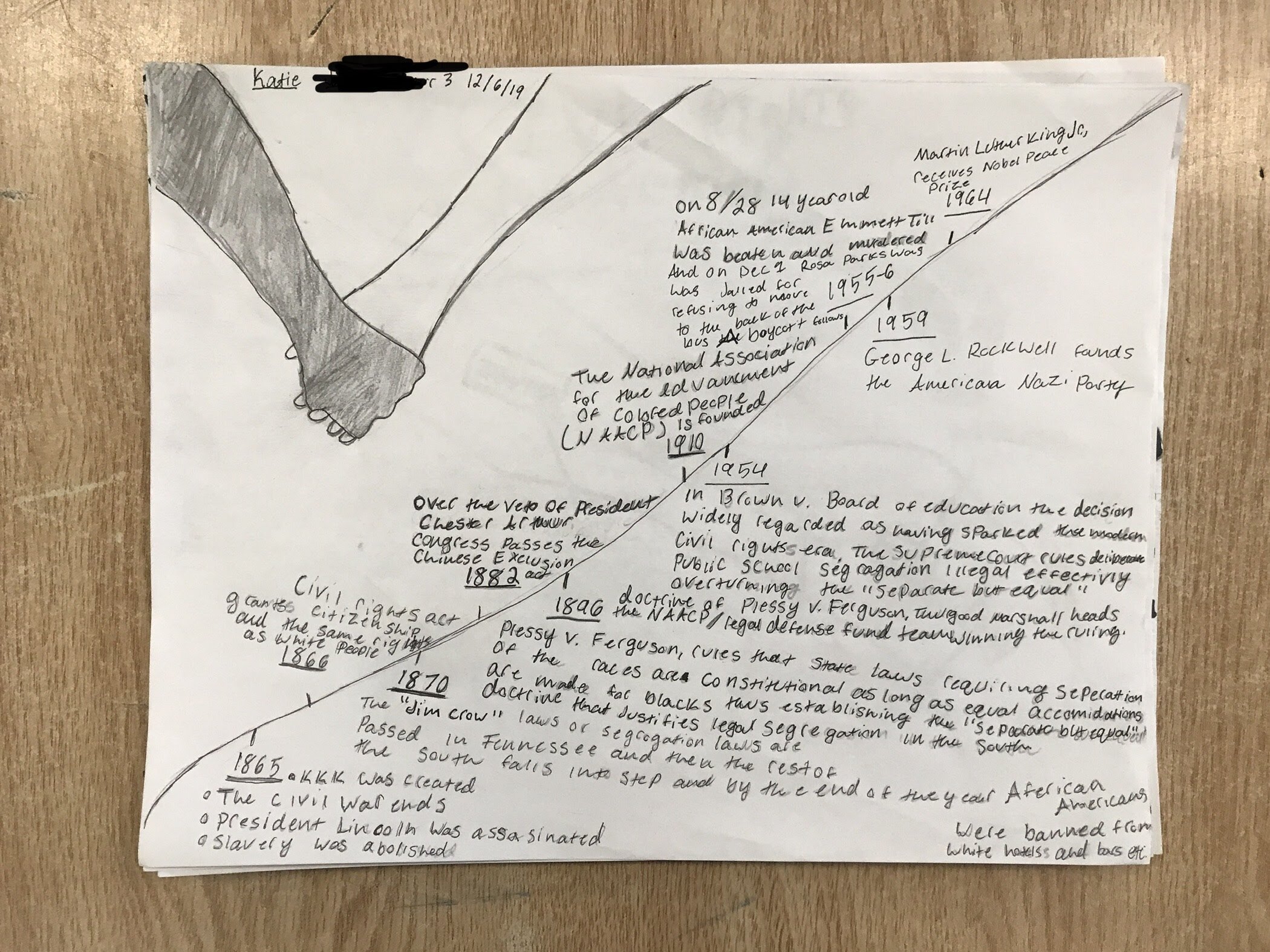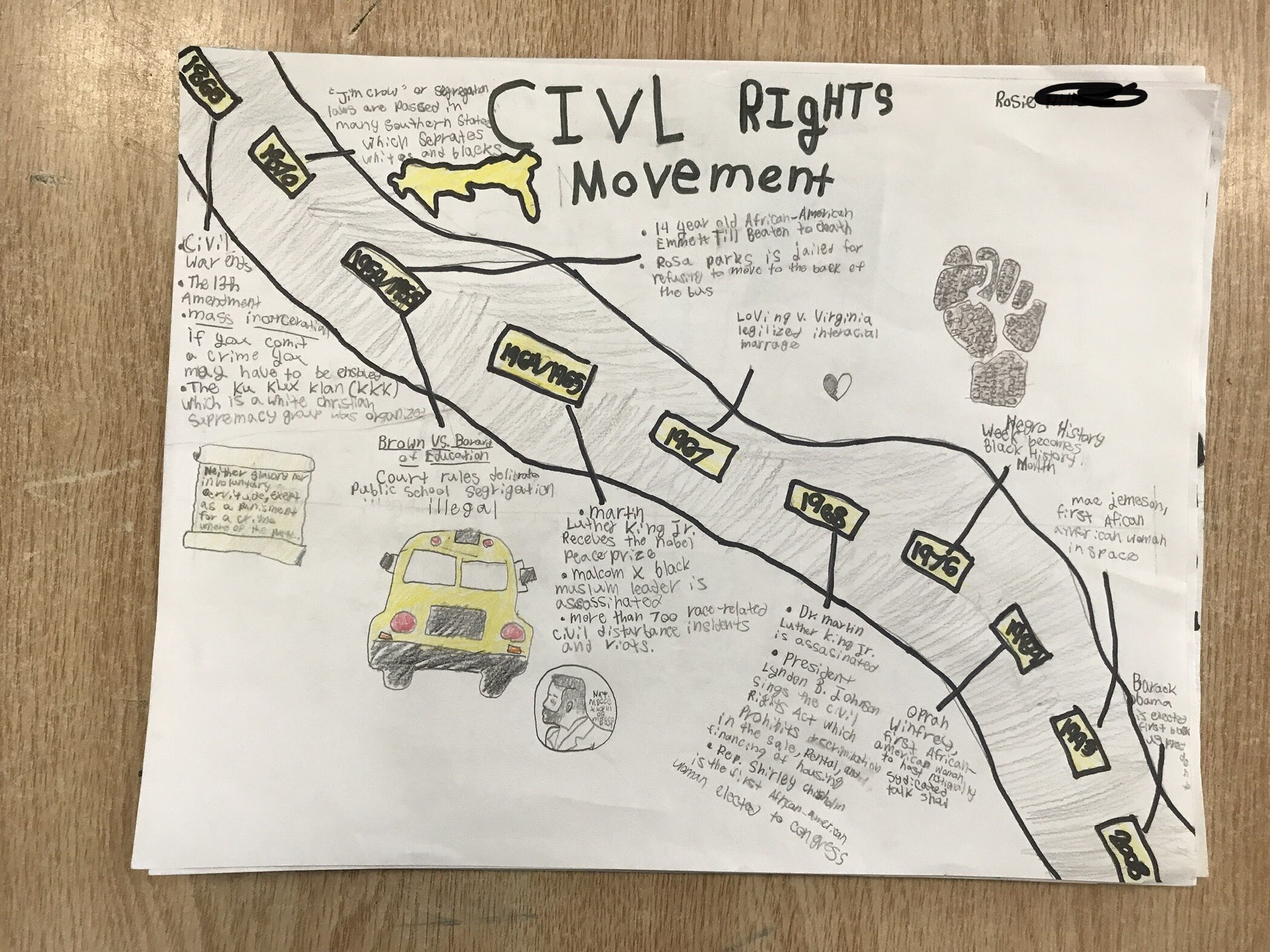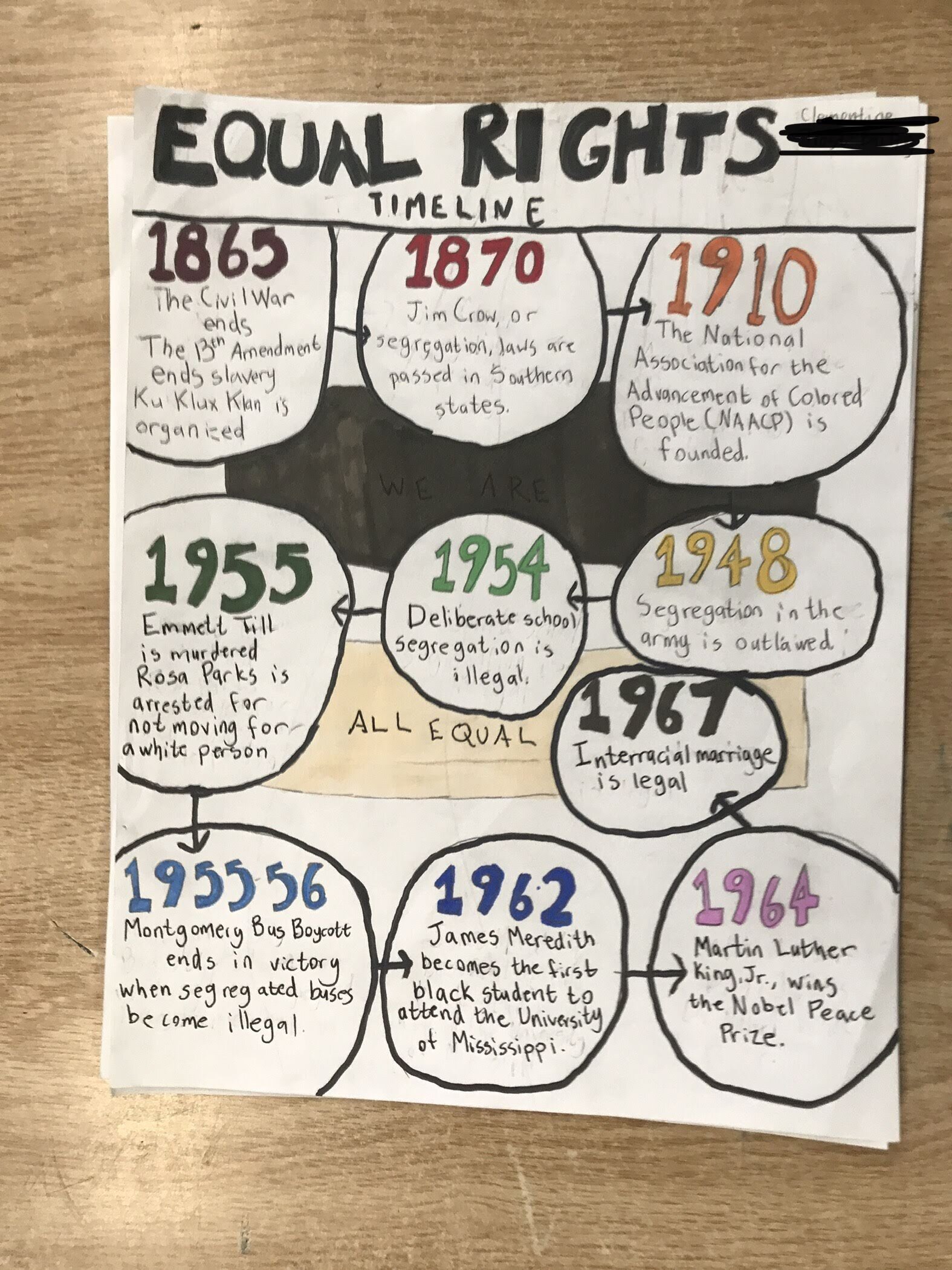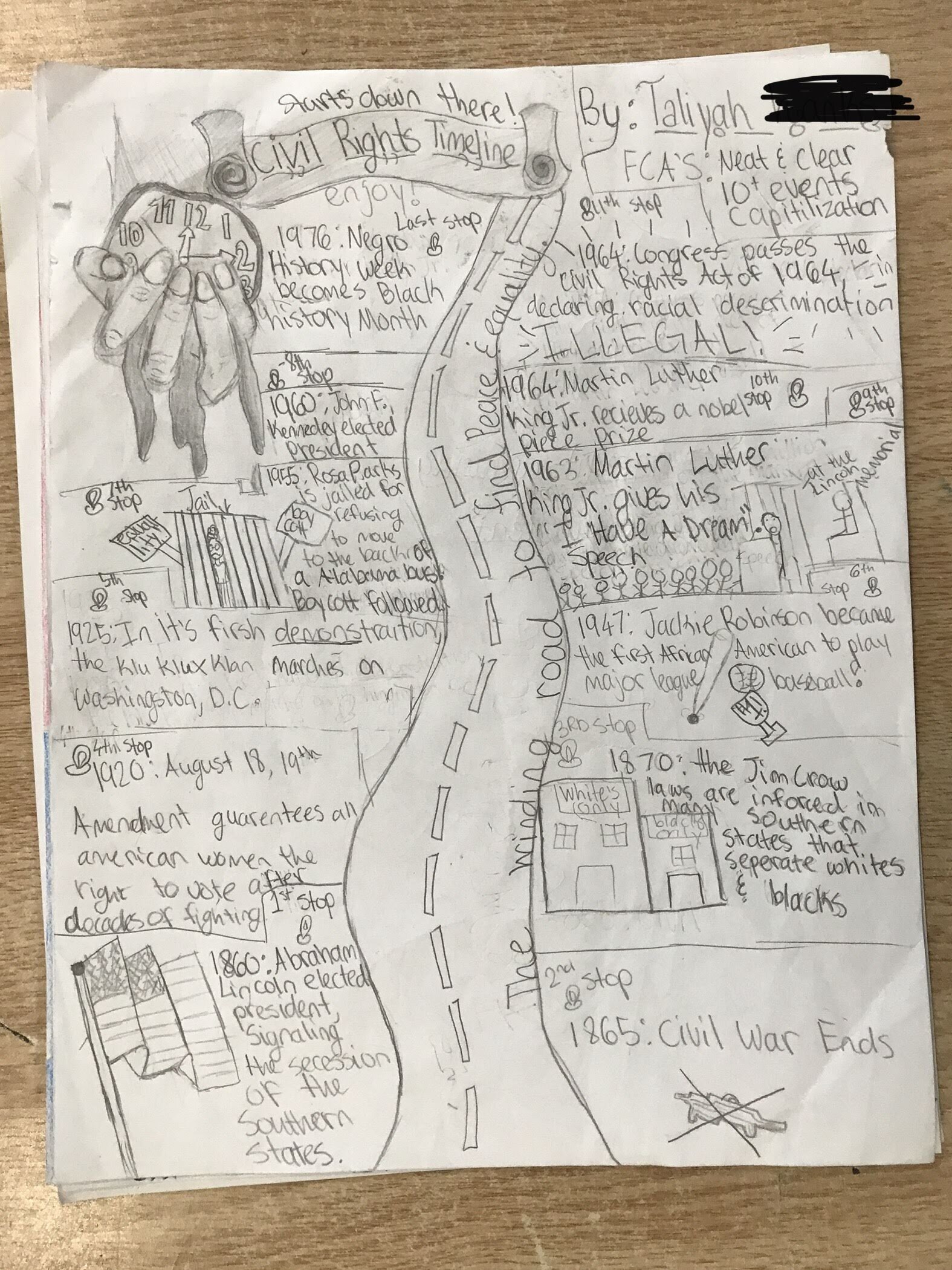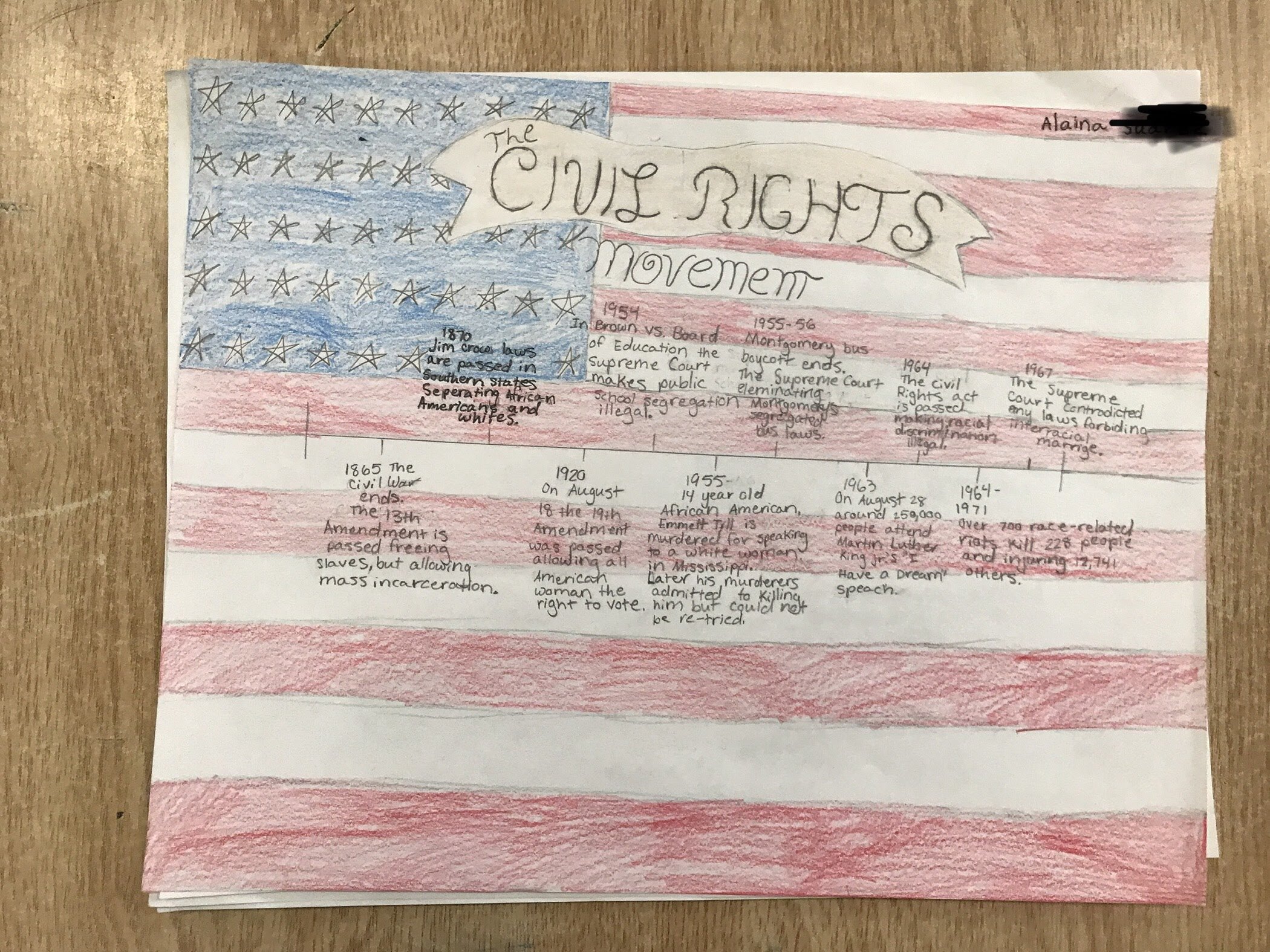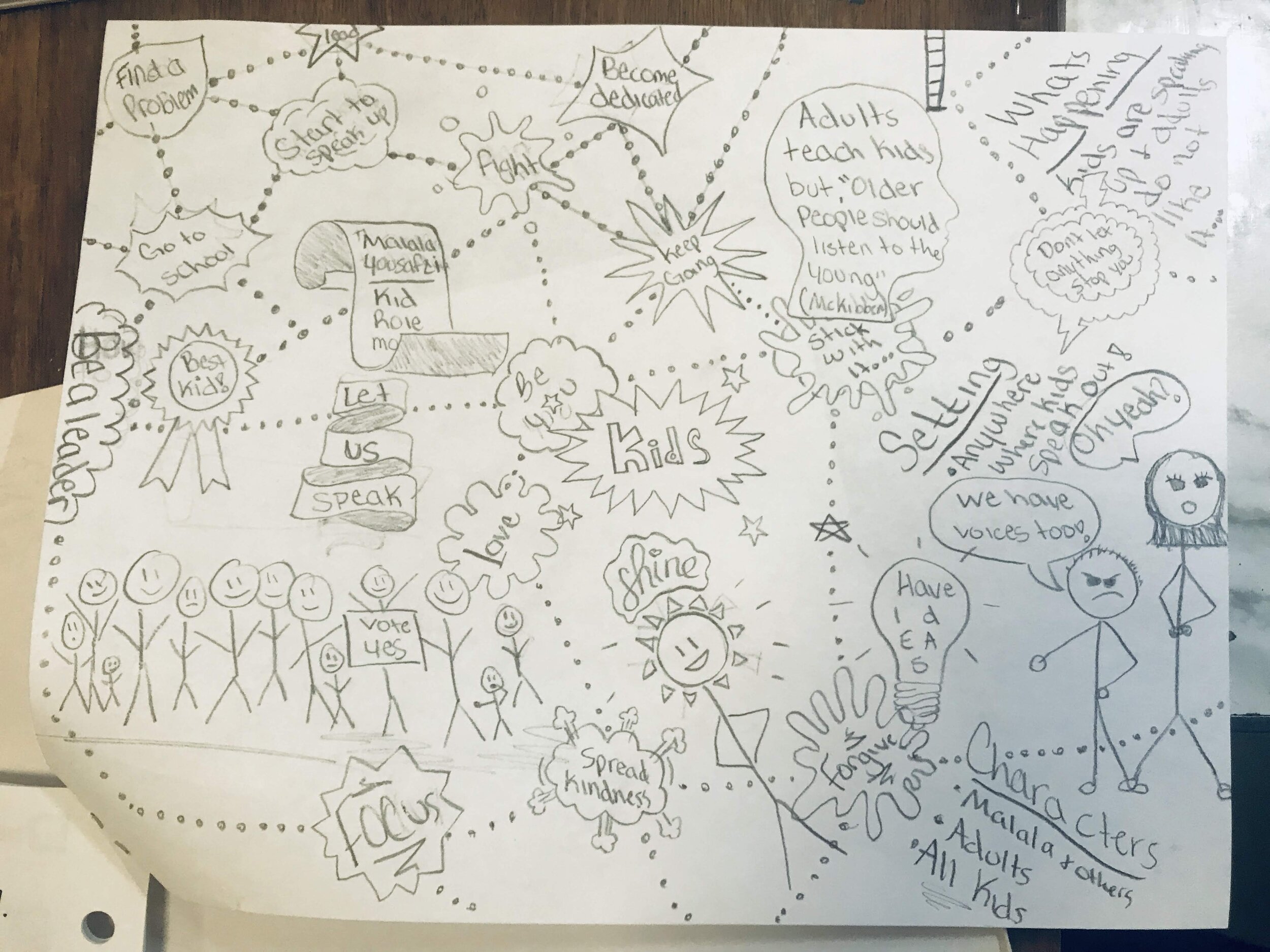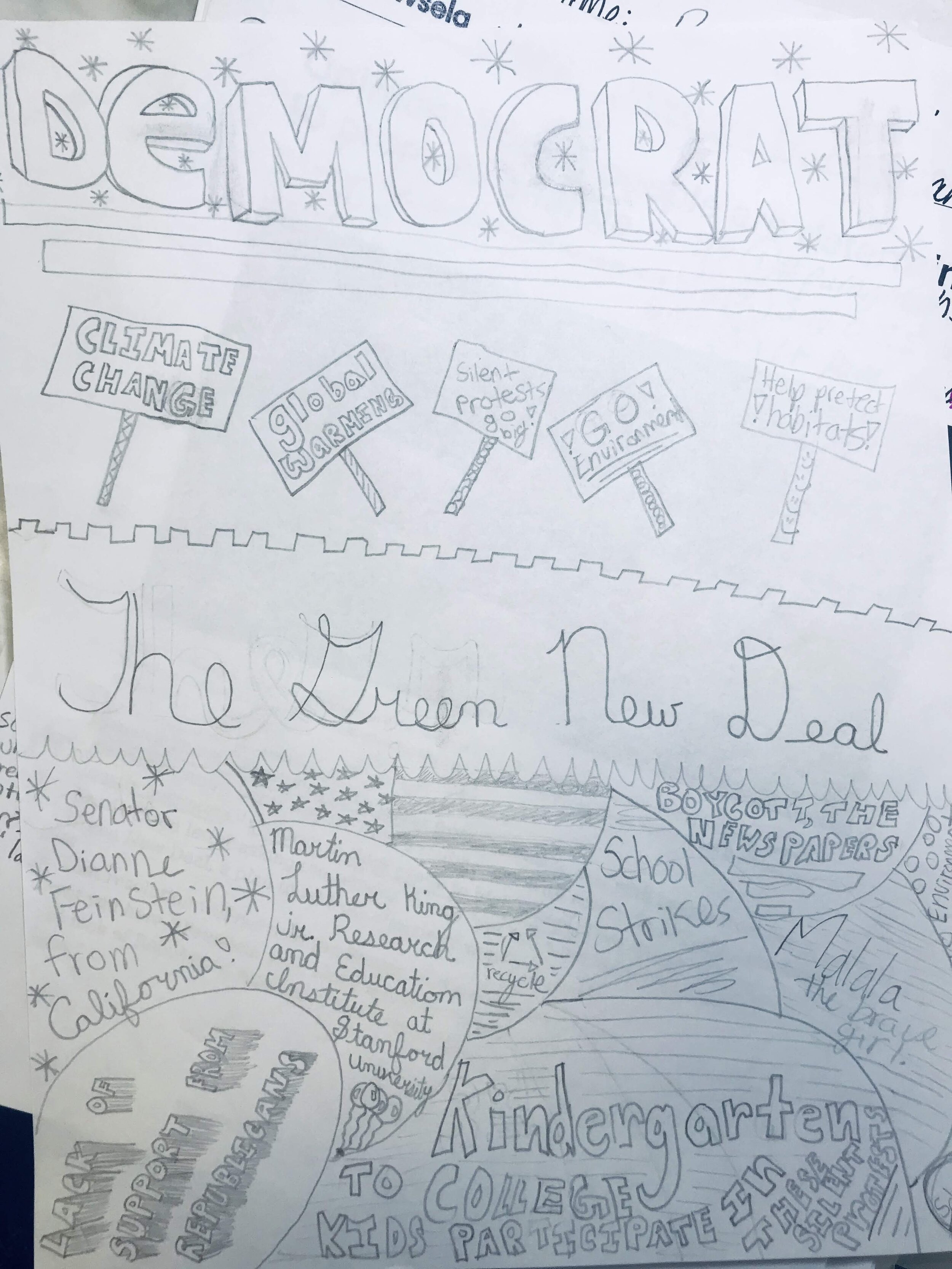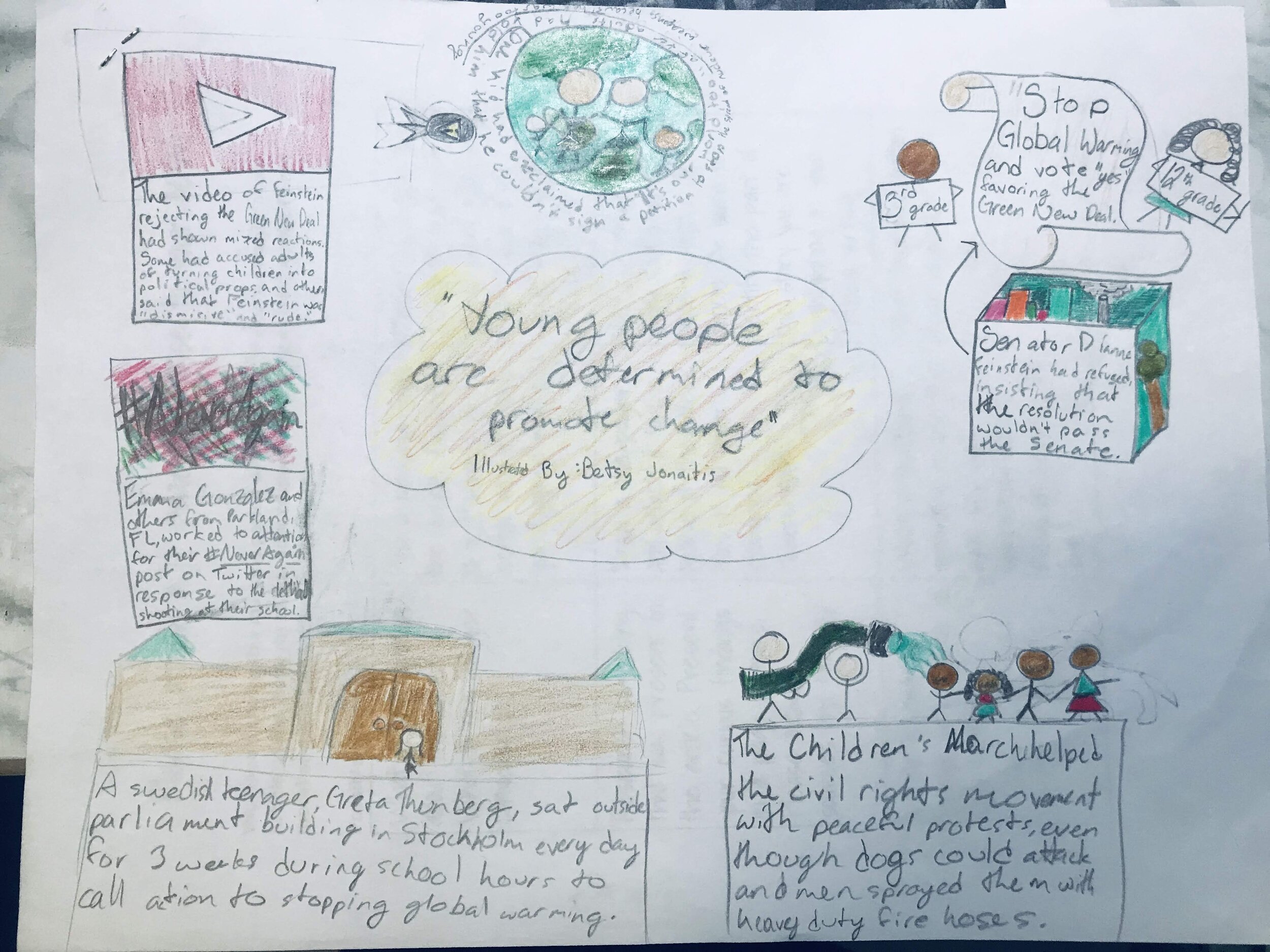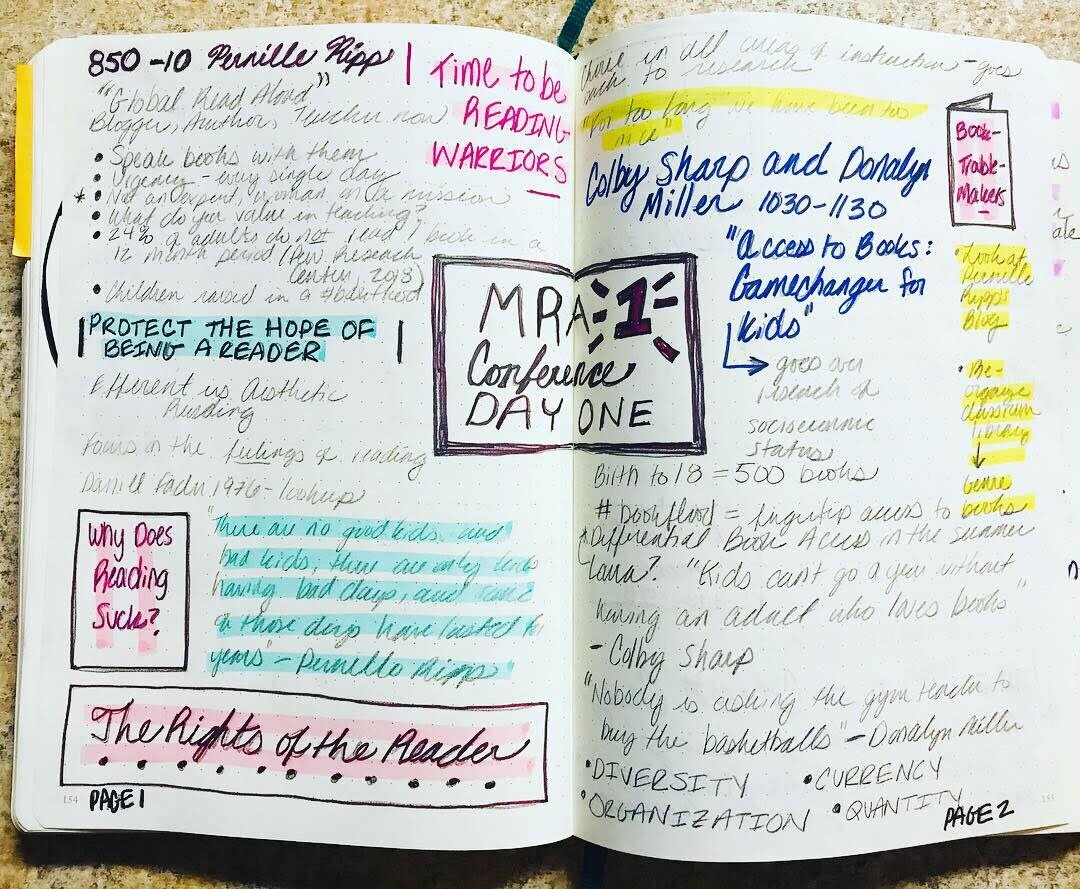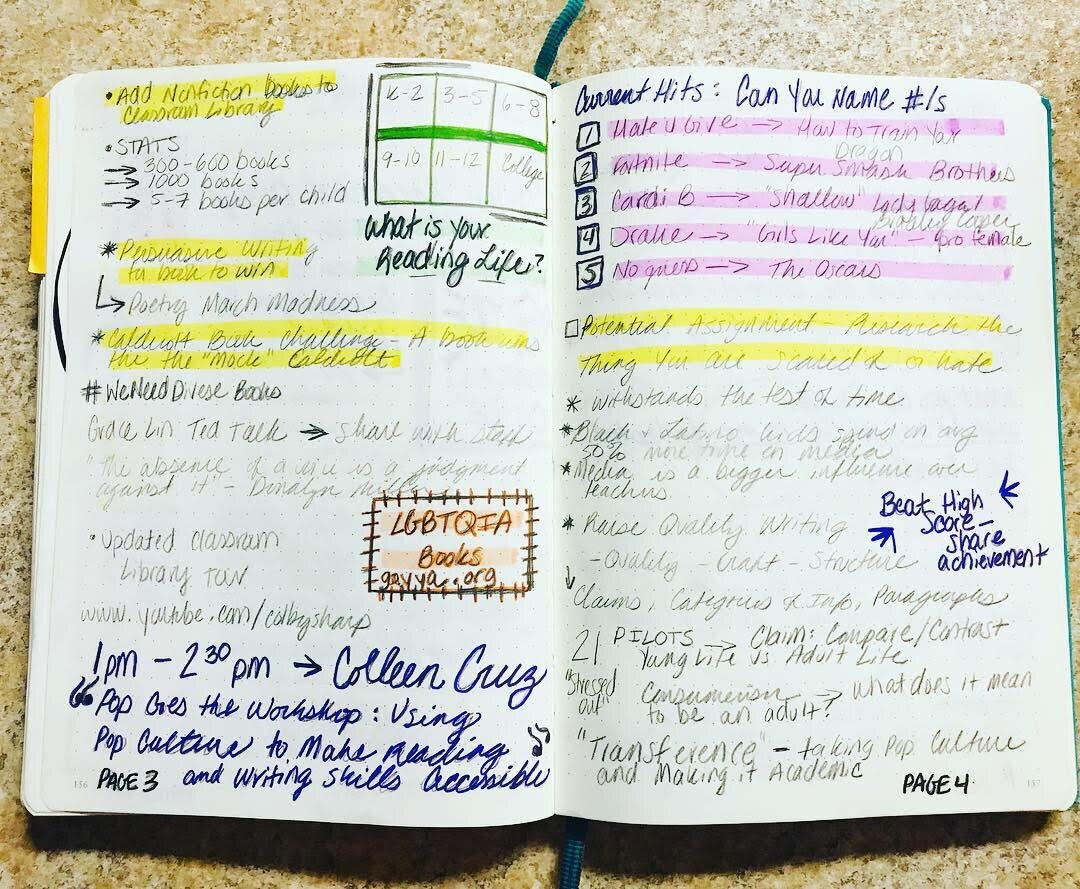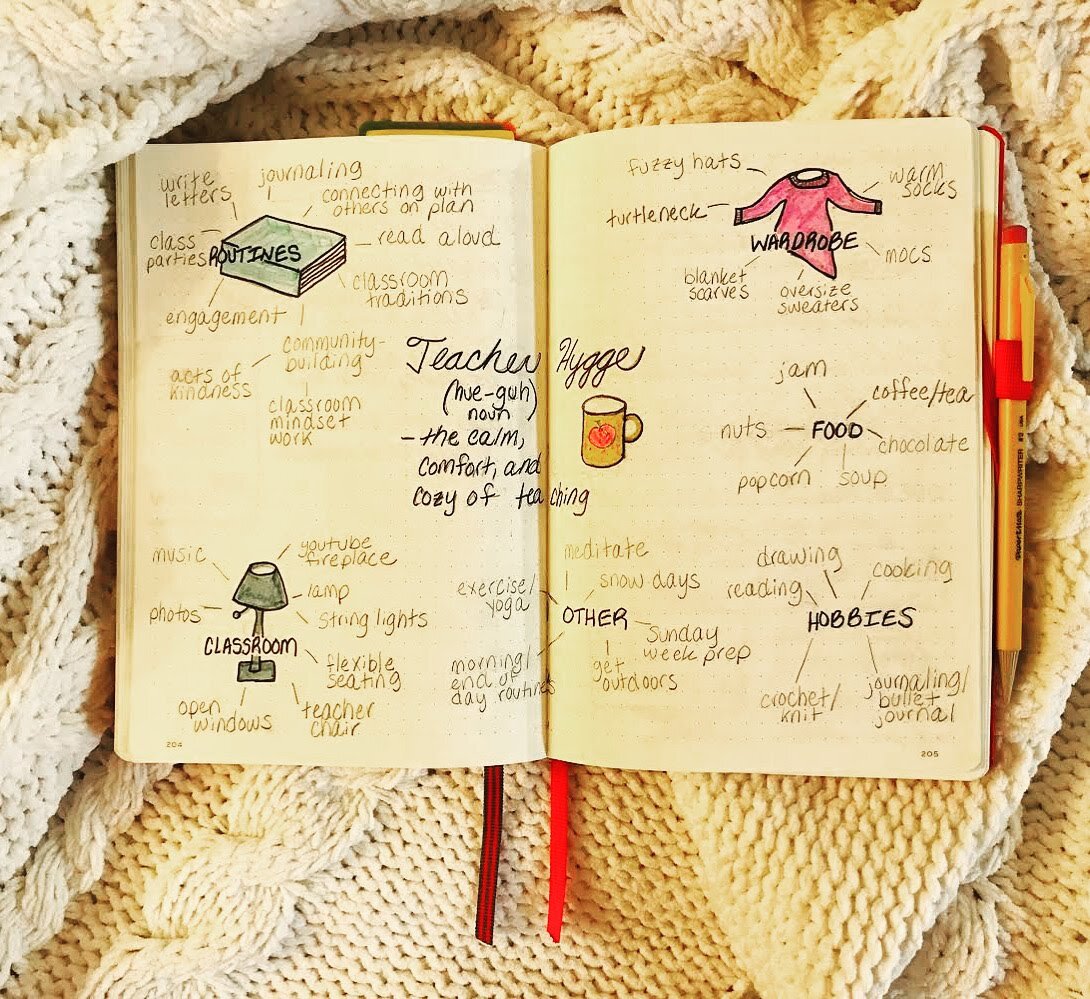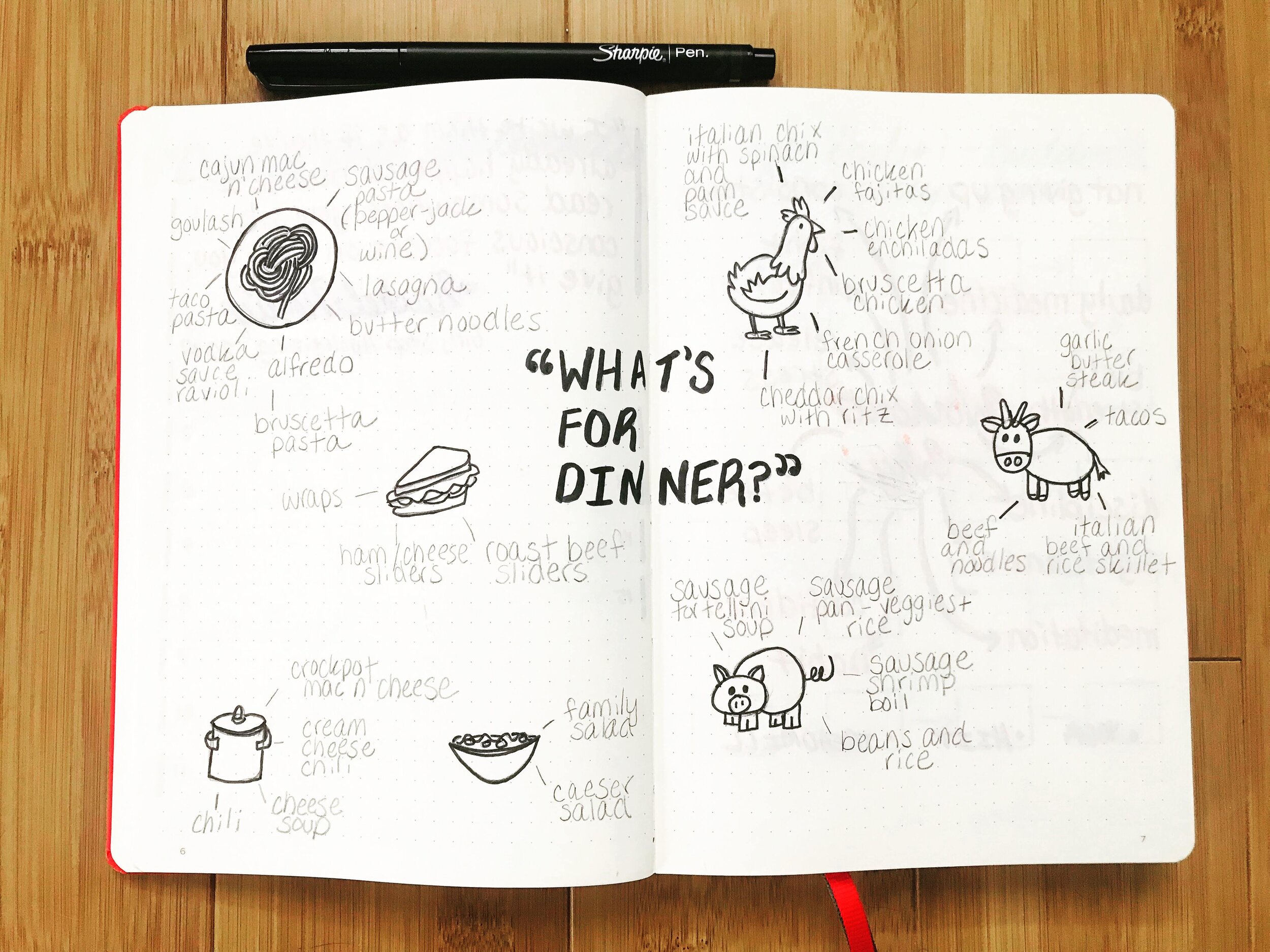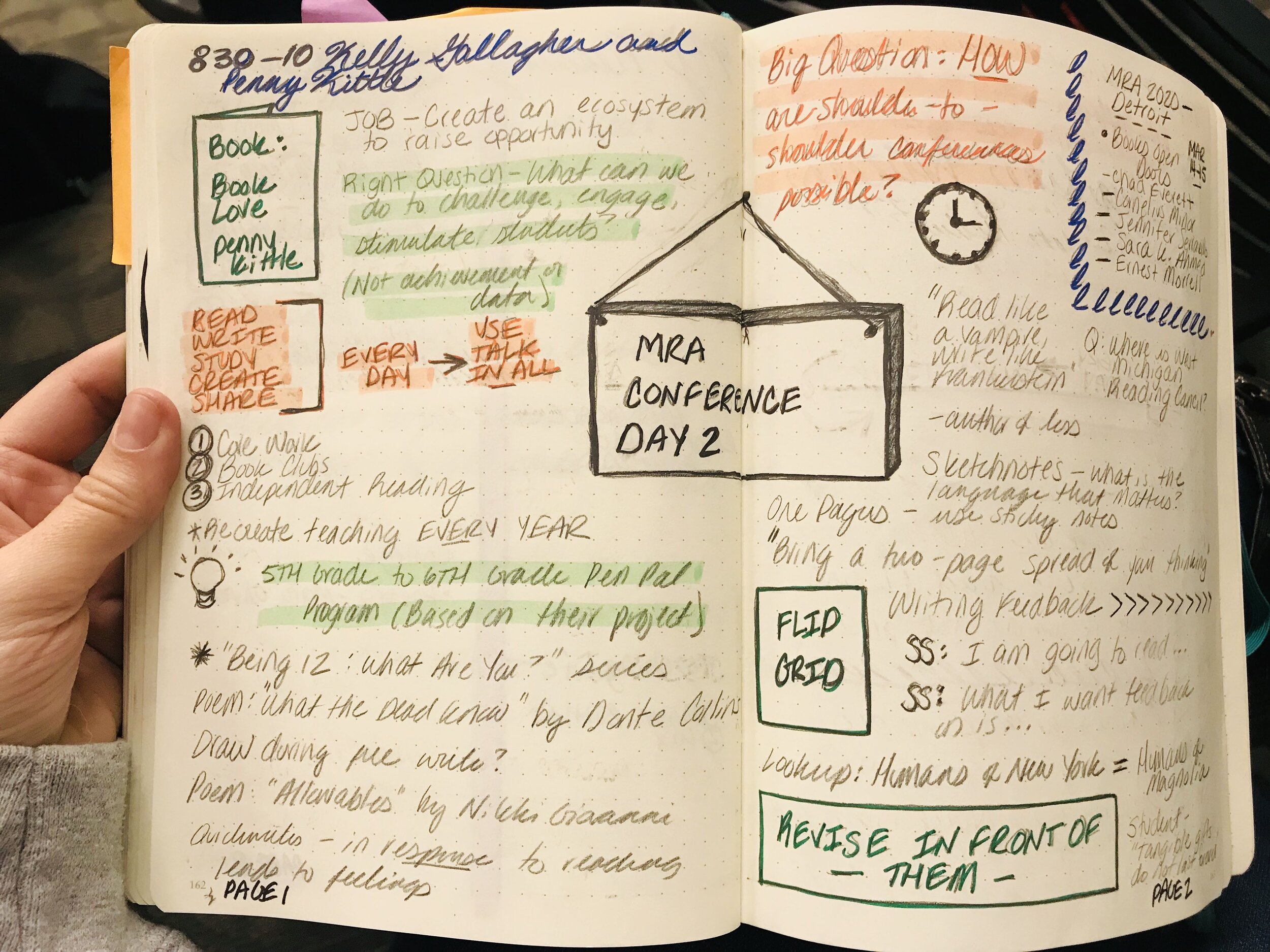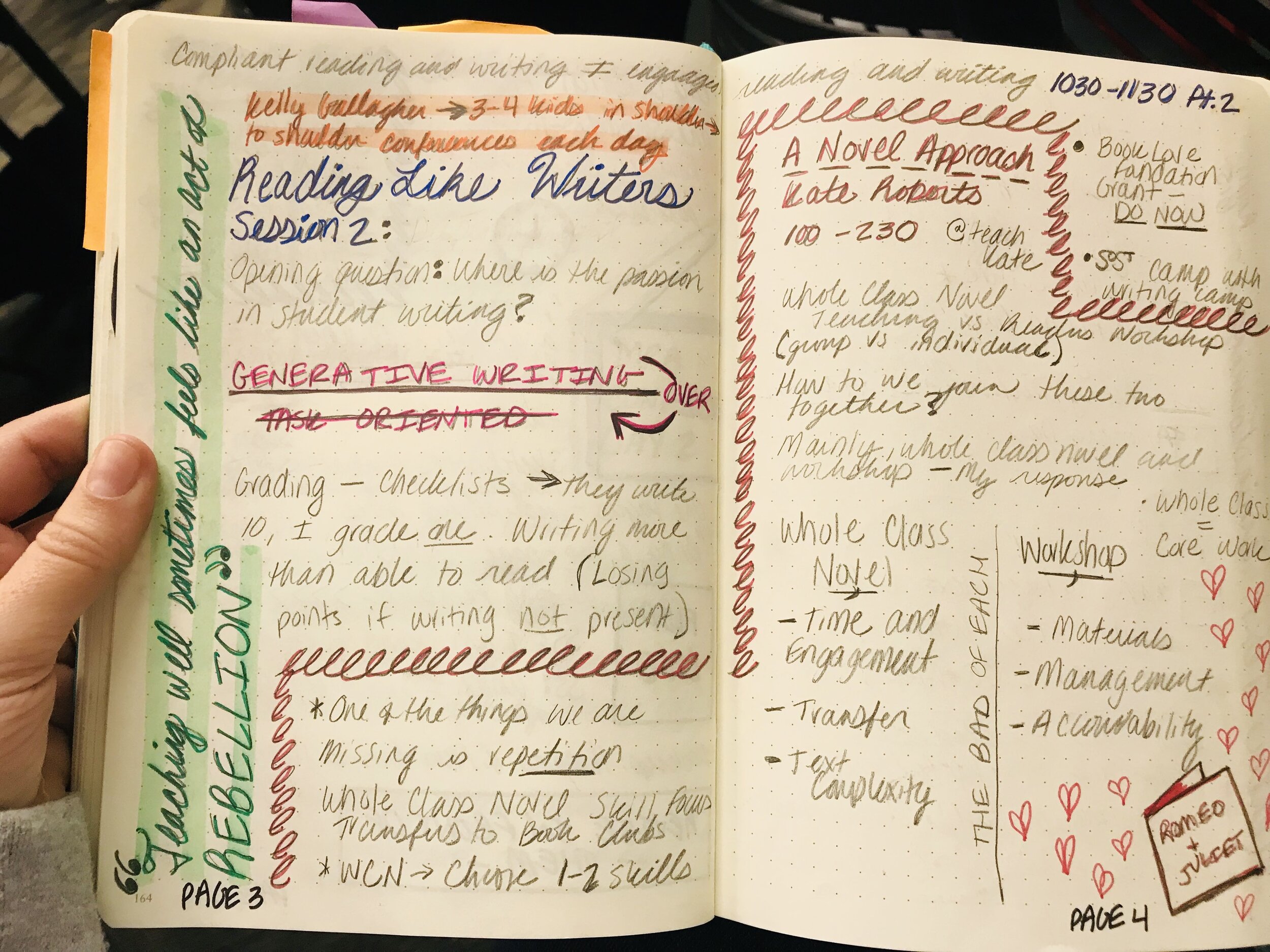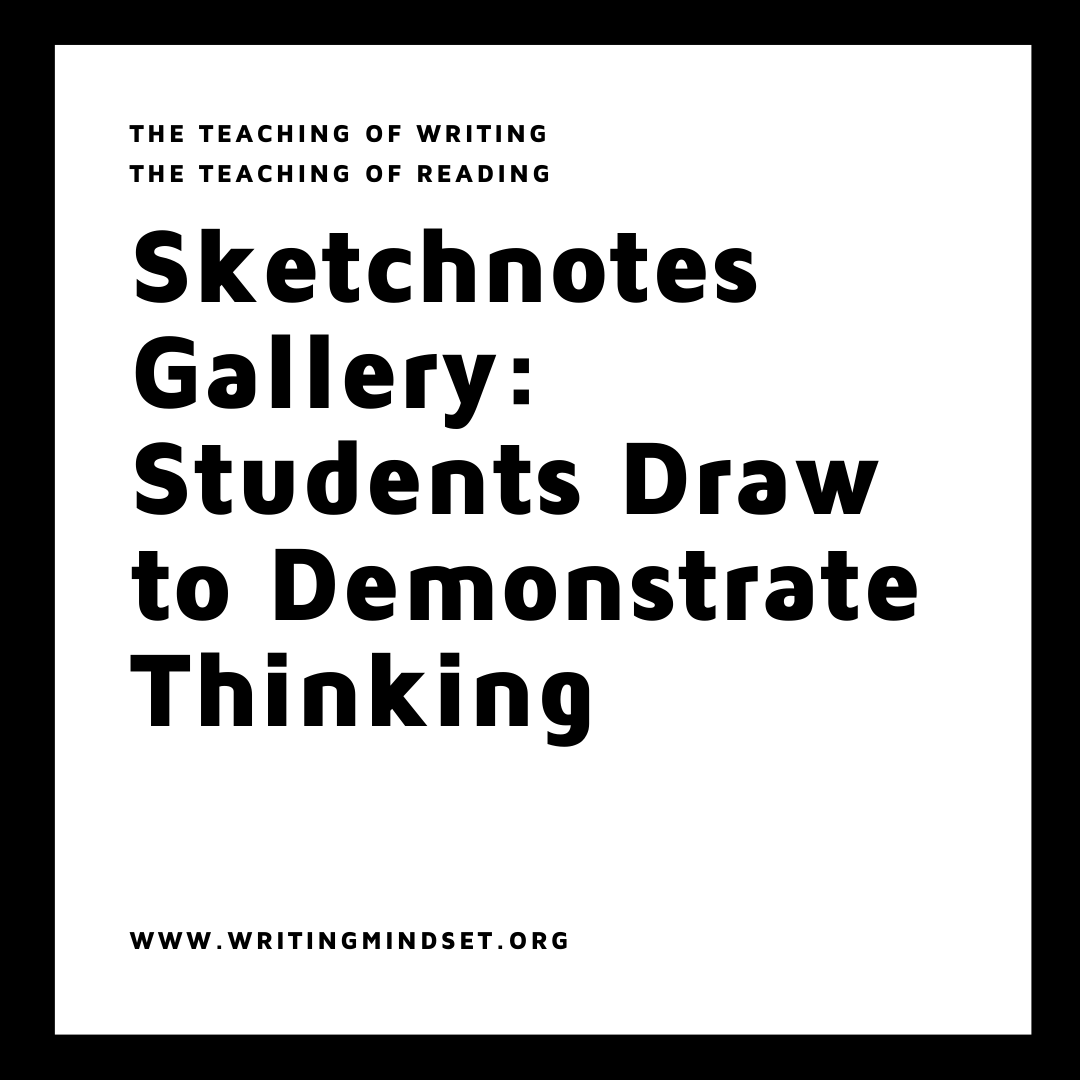Sketchnotes Gallery: Students Draw to Demonstrate Thinking
Redefining Note-Taking with Visual Strategies
Disclosure: Writing Mindset only endorses things that I’ve personally used, something similar, or come highly recommended by trusted peers. If you grab anything I mention using a referral link, I may get a small commission. However, there’s no extra cost to you. If you would like to learn more, please visit the privacy policy and disclosure page.
I could talk about sketchnotes all day. I could also really talk about how I think sketchnotes merge seamlessly with thinking maps. Both of these tools create a visual method of note-taking for students that defies the traditional norms of the column notes or teacher-guided notetaking. They also have the power to transform assessment in our classrooms. Students light up when they are able to complete a formative assessment or a summative assessment in a way that isn’t standard. It is outside-of-the-box. It is necessary.
Sketchnotes is visual note-taking.
If you need to be sold on the love of doodling watch this TED Talk, or simply check out any of Lynda Berry's work, like Syllabus. I love Verbal to Visual because they have made an entire center for teachers to become familiar with sketchnotes. This post is a gallery post of examples of sketchnotes and applications from my classroom. This post is meant to be an inspiration to infuse art into your literacy classroom.
Video Introductions
Video #1: “What is Sketchnoting?” by Verbal to Visual
Video #2: “ My Pencil Made Me Do It: A Beginners Guide To Sketchnoting In The Classroom” by Carrie Baughcum
Video #3: “ Sketchnotes for Classroom: Why, How, and Tips” by Teachings in Education
Getting Started & Inspired
WeAreTeachers created a great article for helping teachers understand some ways they can use sketchnotes in the classroom. I got the original idea from my teaching-internet friend Buffy, who runs Living in the Layers blog. Her blog post on poetry with sketchnotes immediately had my brain on fire. The kids love this strategy. They often choose this over conventional means of note-taking or prepping for a writing assignment. I always require some sort of pre-writing before a project, and the majority of students are choosing this for their option. I have used this for writing, for reading logs, for table talk discussions, and gallery walks. This changes teaching. I love strategies that change how we do business.
Ink and Ideas: Sketchnotes for Engagement, Comprehension, and Thinking
“Ink & Ideas is a lifetime in the making. Tanny McGregor has been thinking with a pen in her hand, putting words and pictures together for as long as she’s been reading. Sketchnoting, also known as visual notetaking, helps make your thinking visible, visual, and meaningful. All kinds of people sketchnote, for all kinds of reasons. By introducing sketchnoting in your classroom, you will provide opportunities for your students to engage with and explore their thinking with what they are reading, listening to, or viewing.
Ink & Ideas is Tanny’s tried and true toolkit to get you and your students started, including templates, tools, suggested reading, ideas, inspiration, and more. She outlines the how and why behind visual notetaking, including research and benefits, providing everything you need to introduce and launch sketchnoting across grade levels and content areas.
A different kind of thinking happens with pen in hand. With sketchnoting, the one who holds the pen holds the power. Only the thinker decides what appears on the page, and how. Open up a window into your students’ brilliant minds and watch their thinking become visible as they sketchnote their way to deeper understanding and new ideas.”


